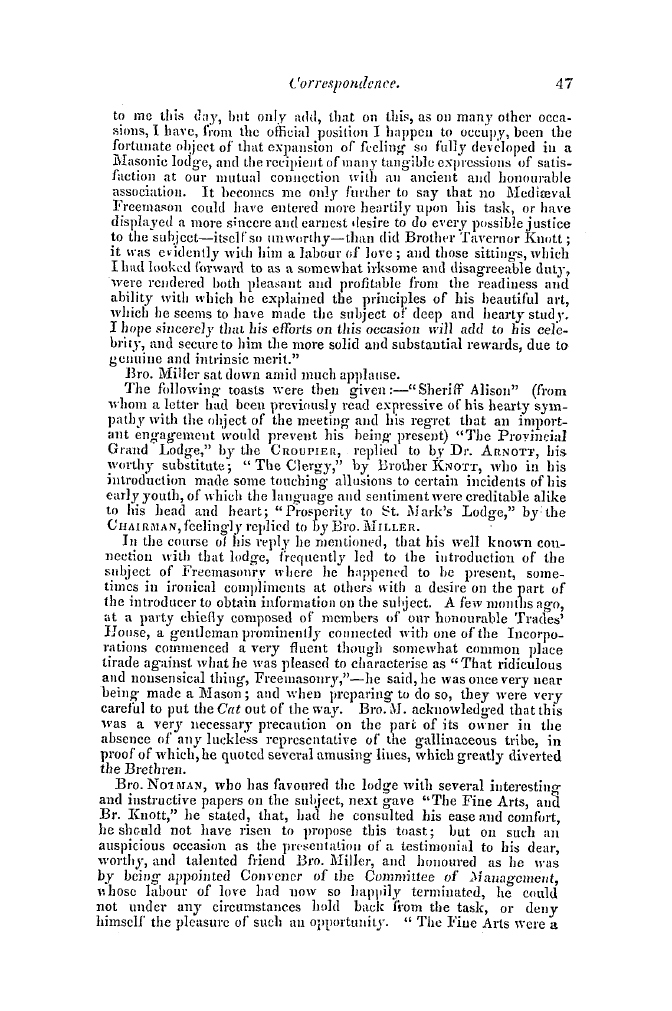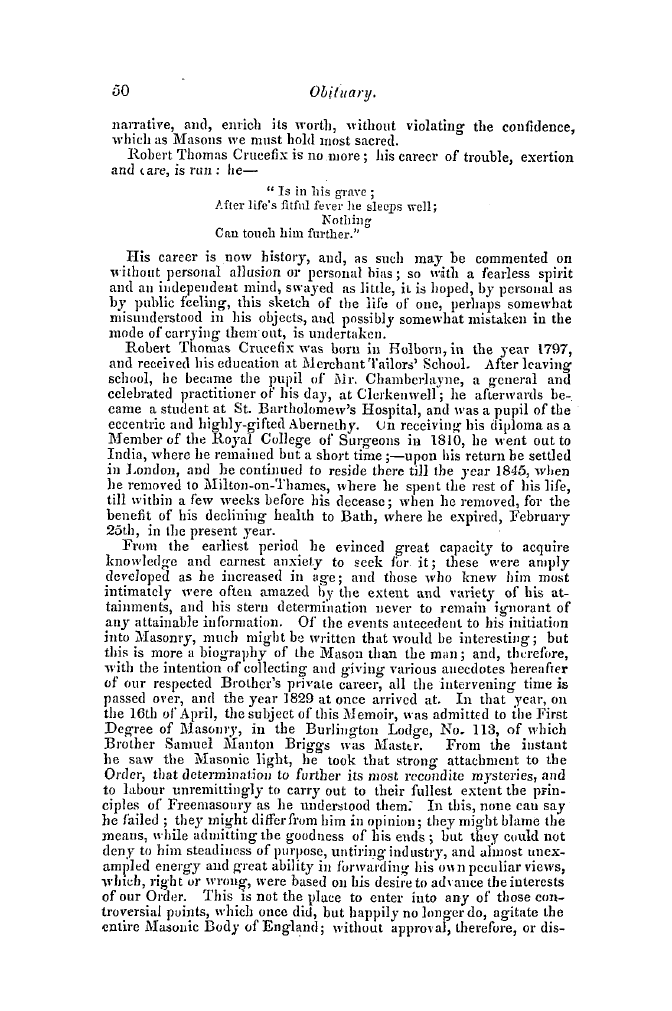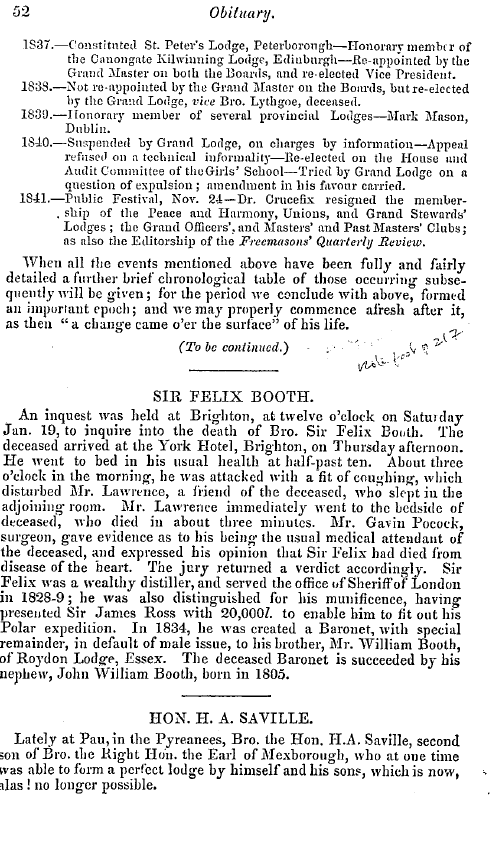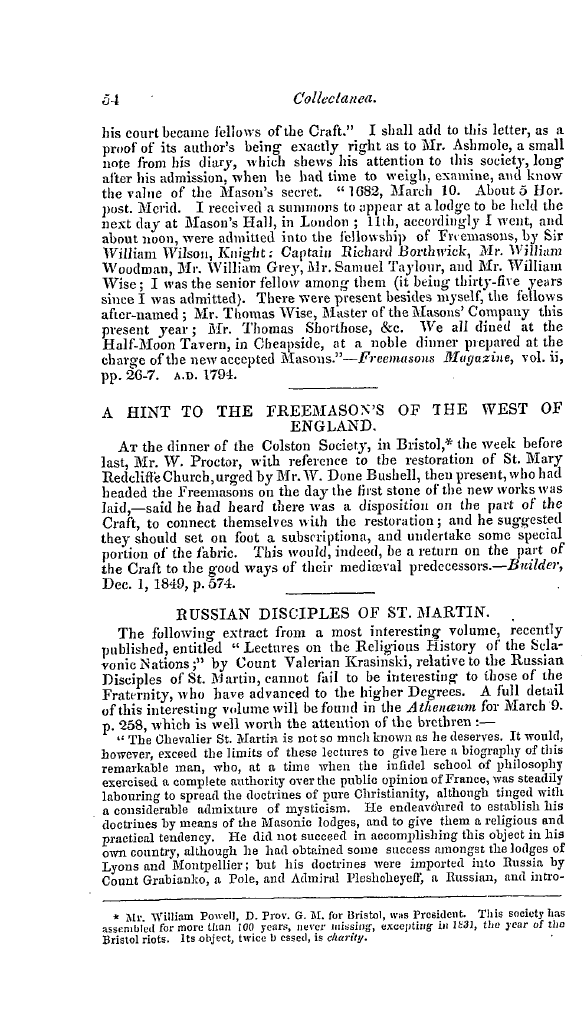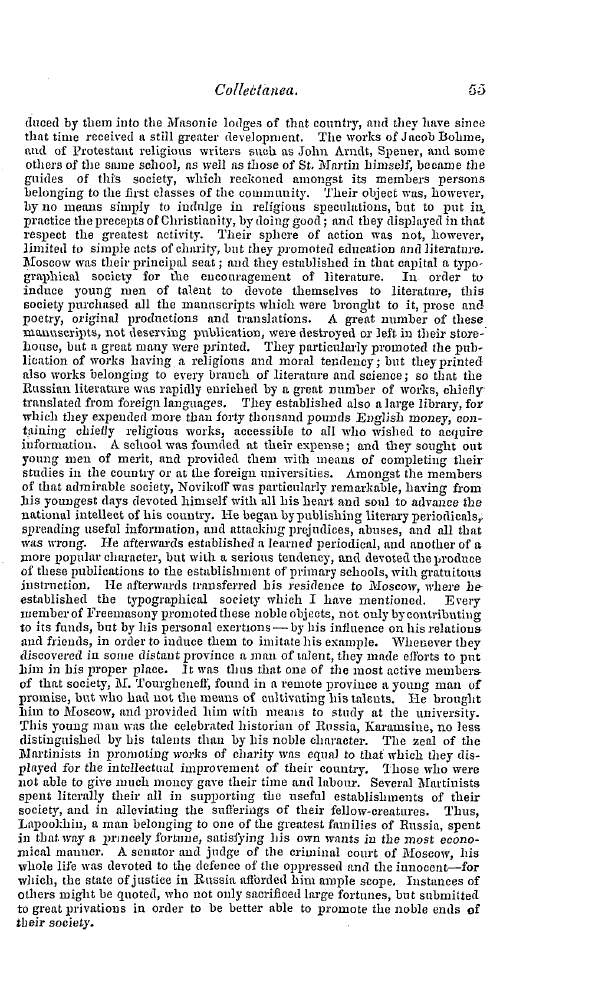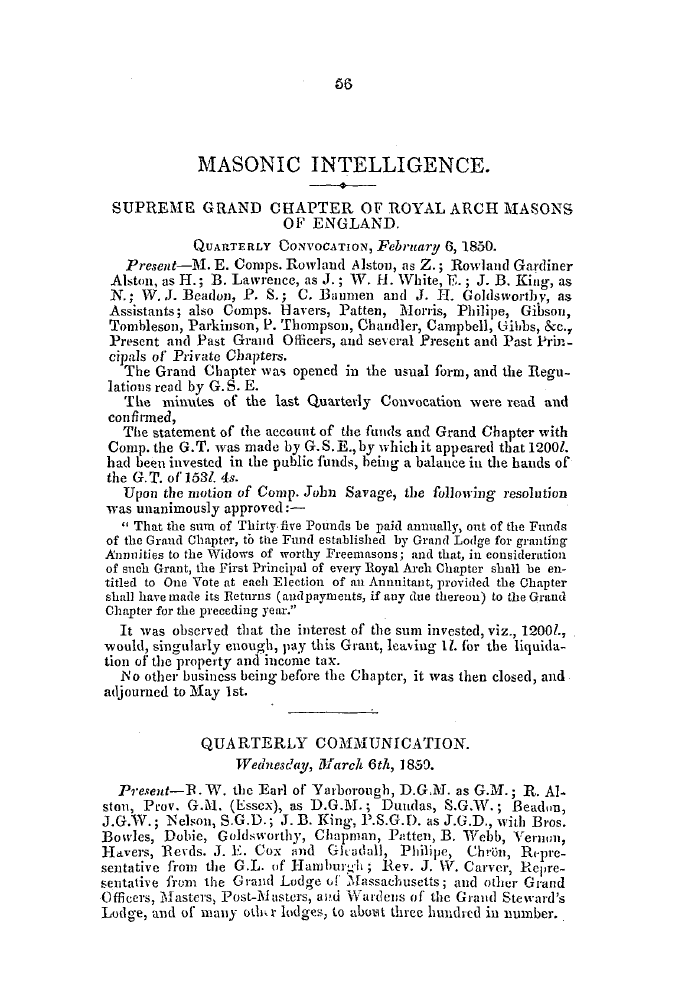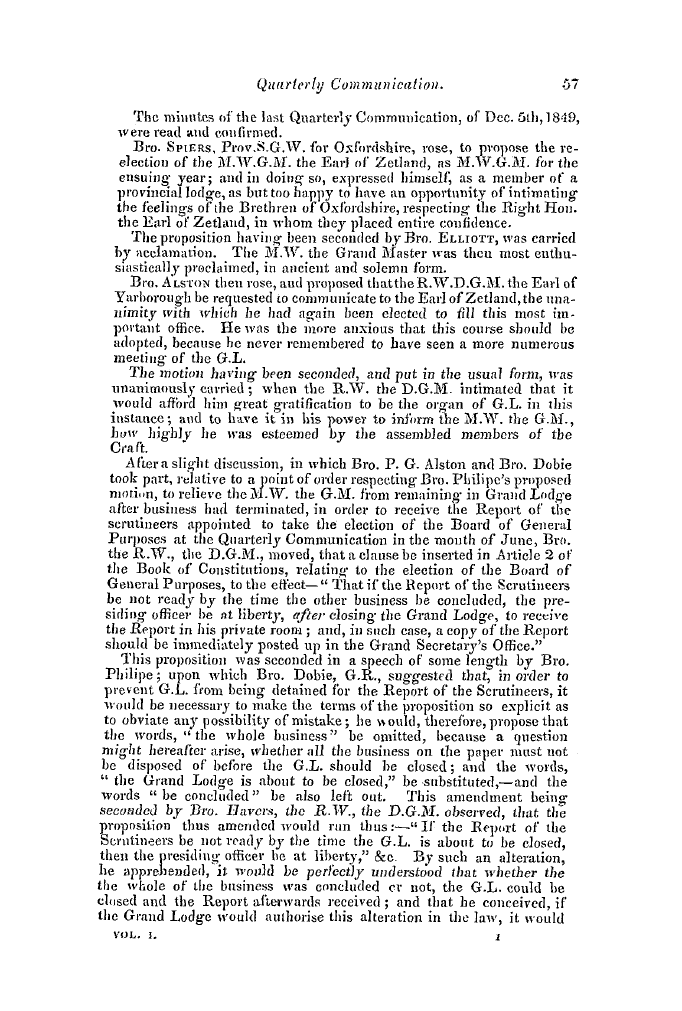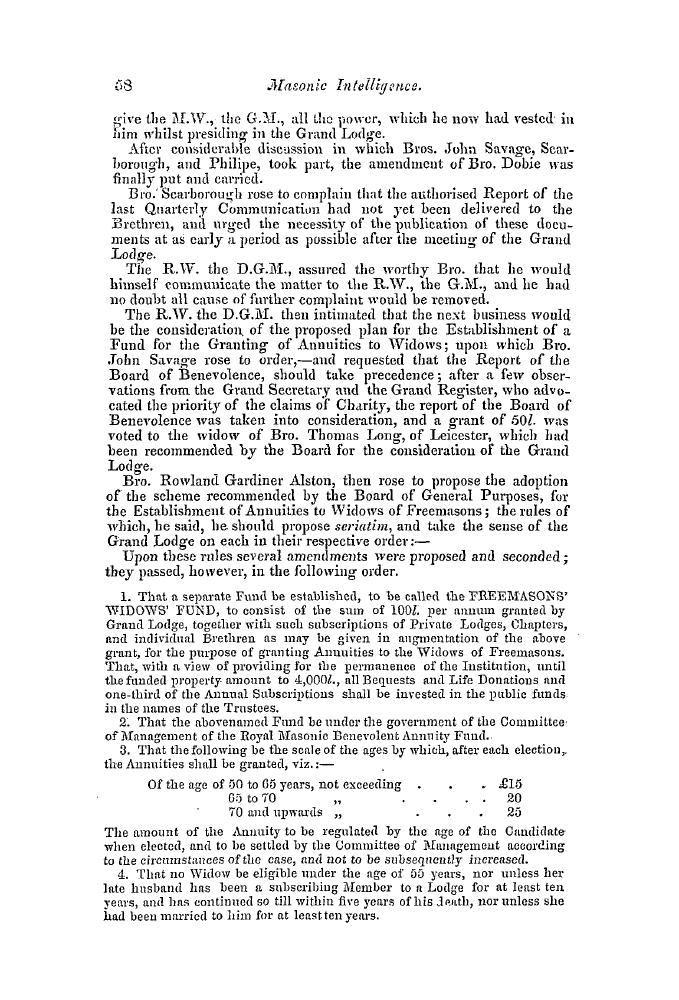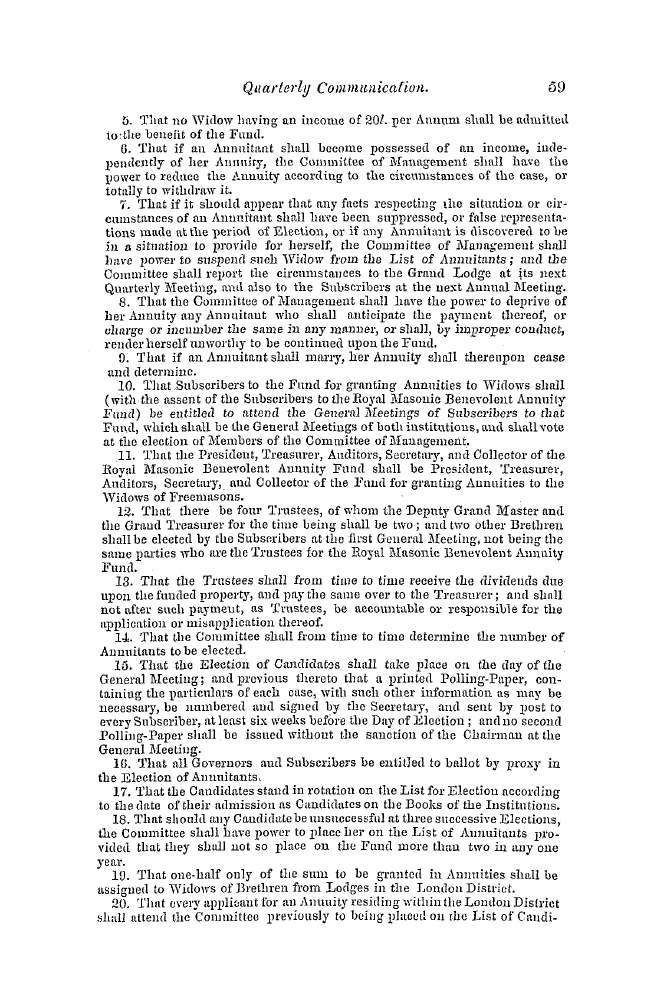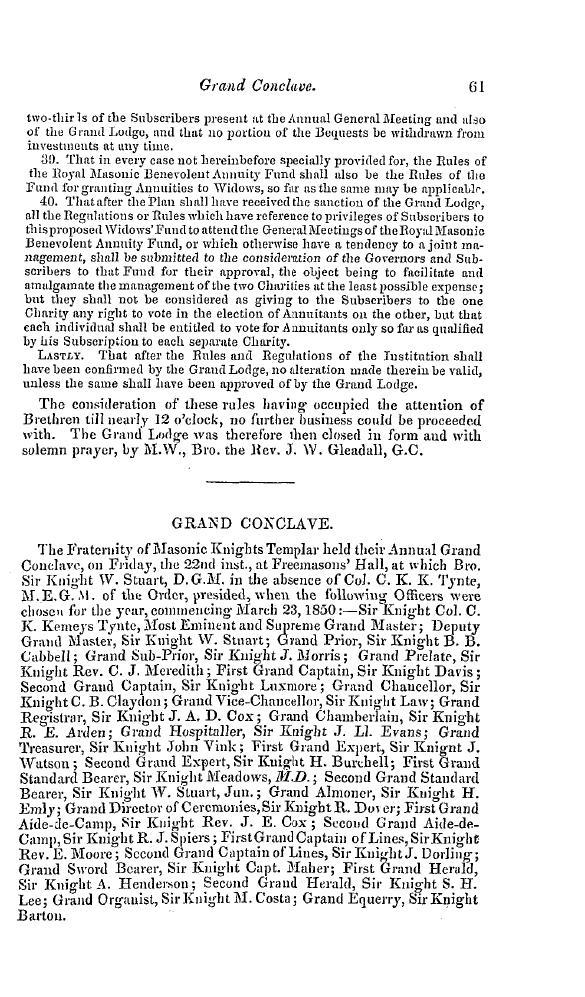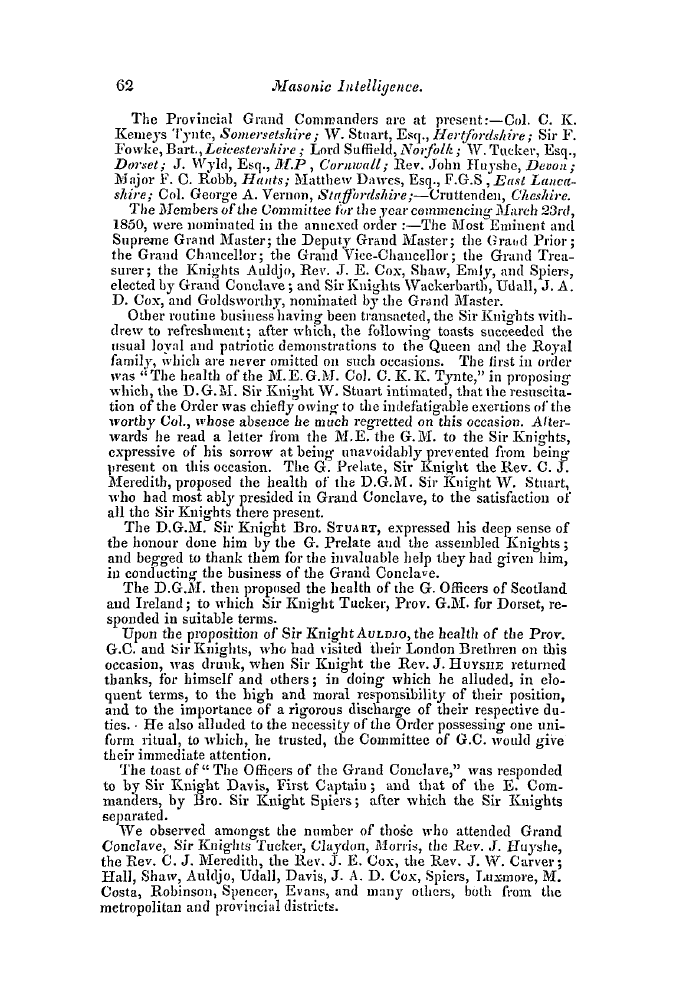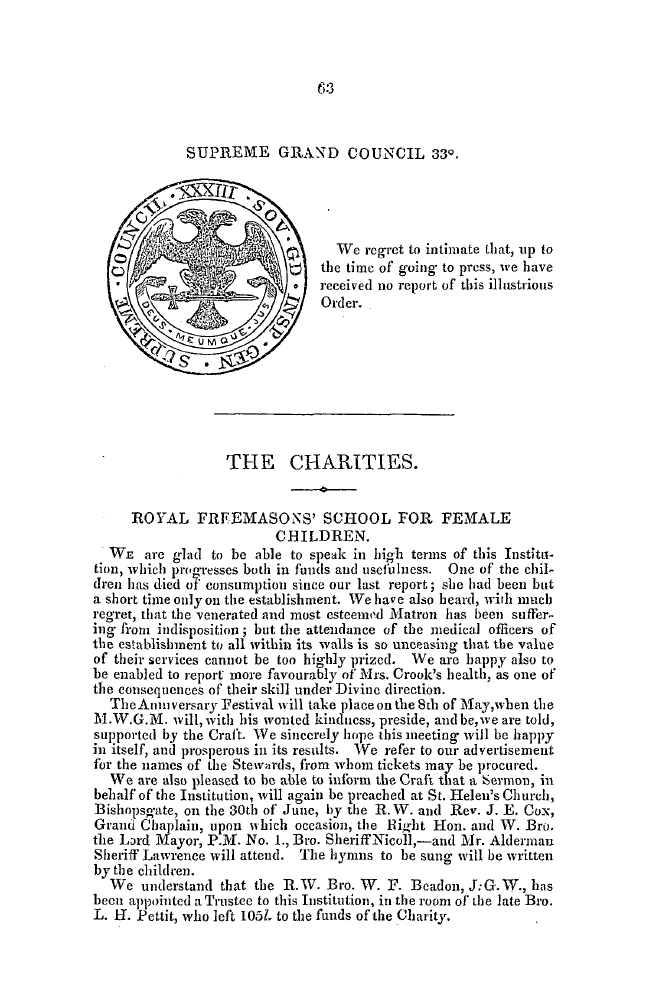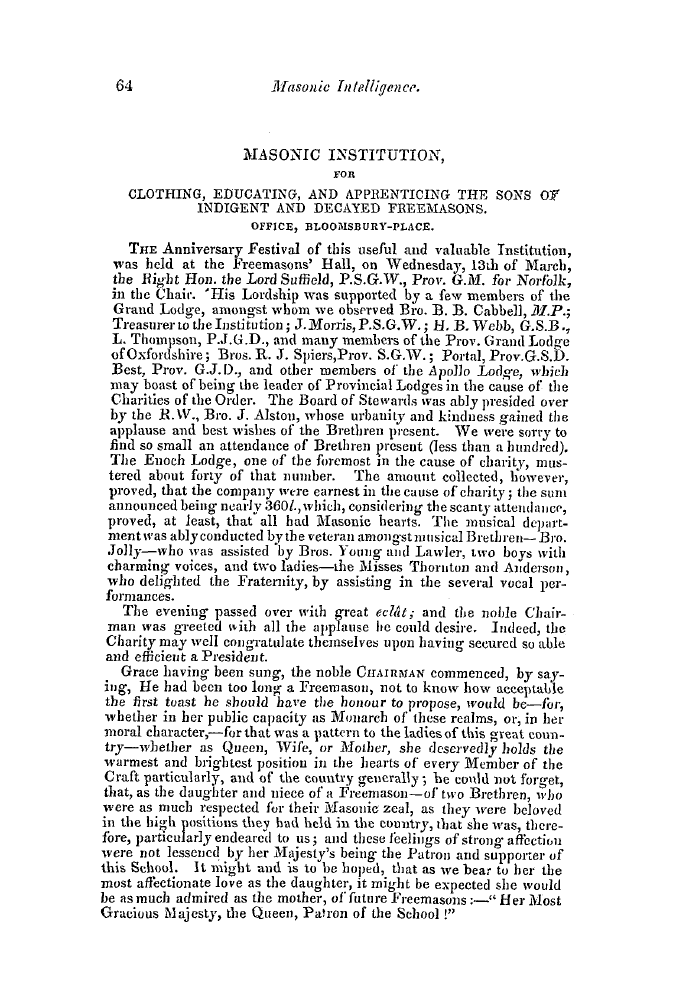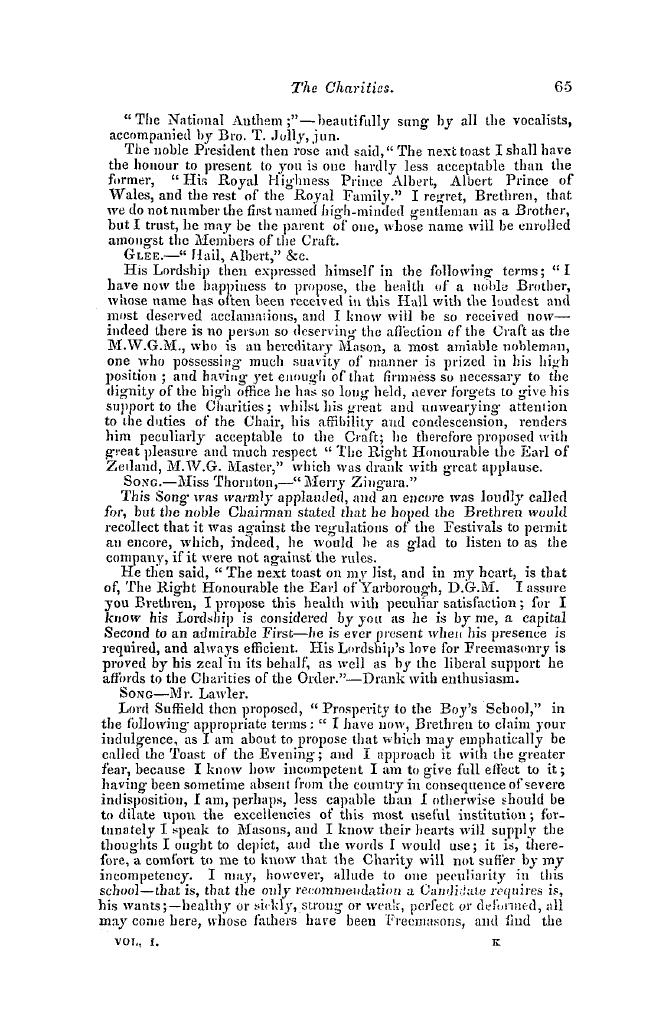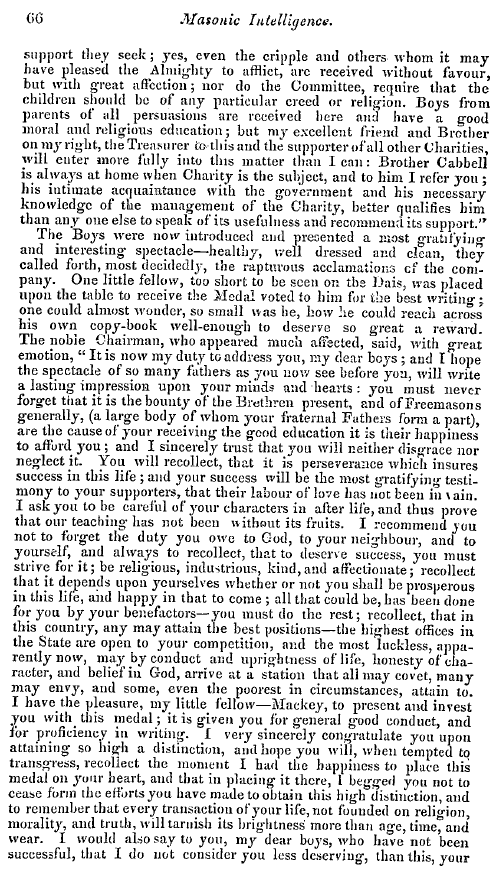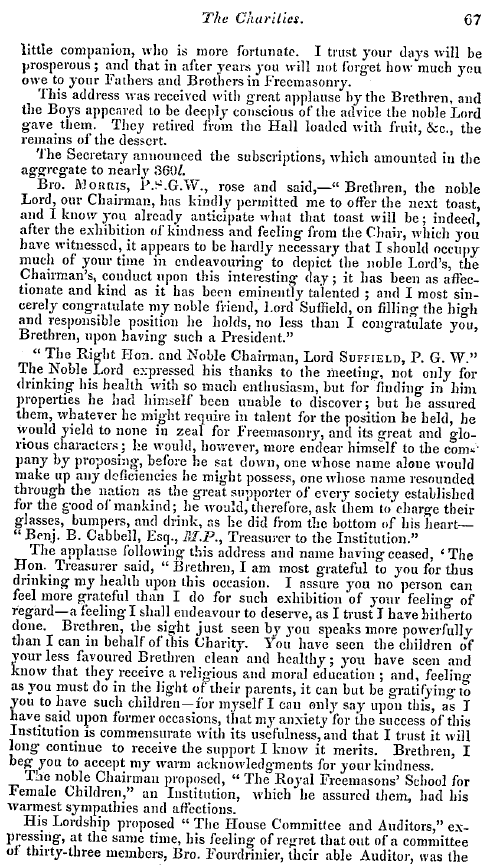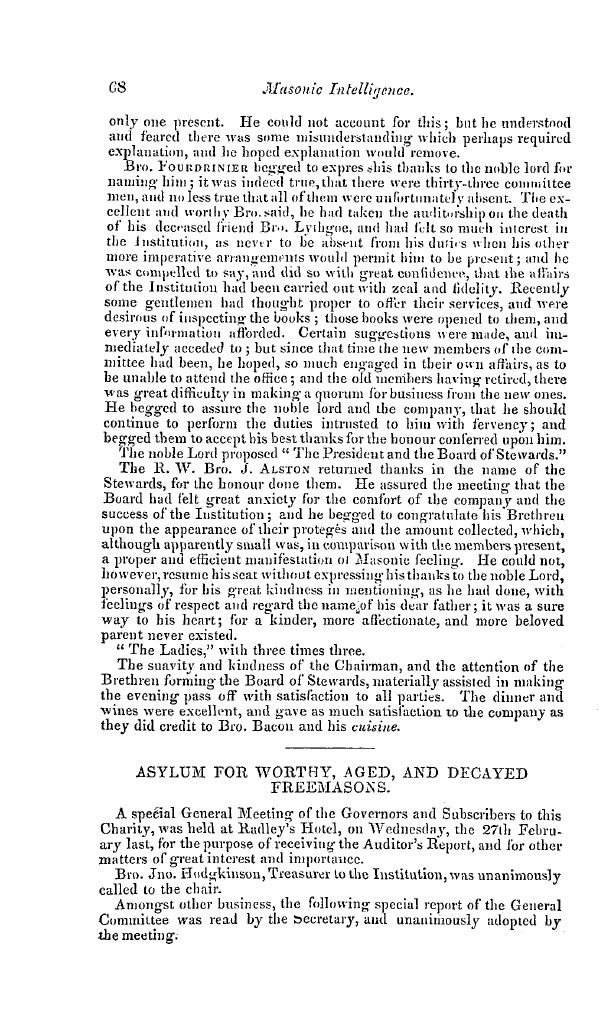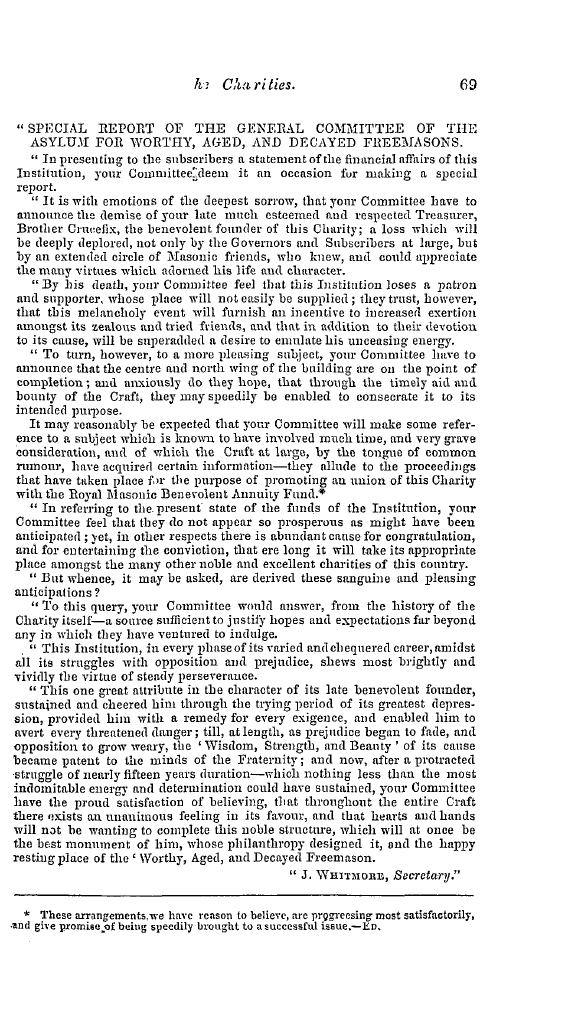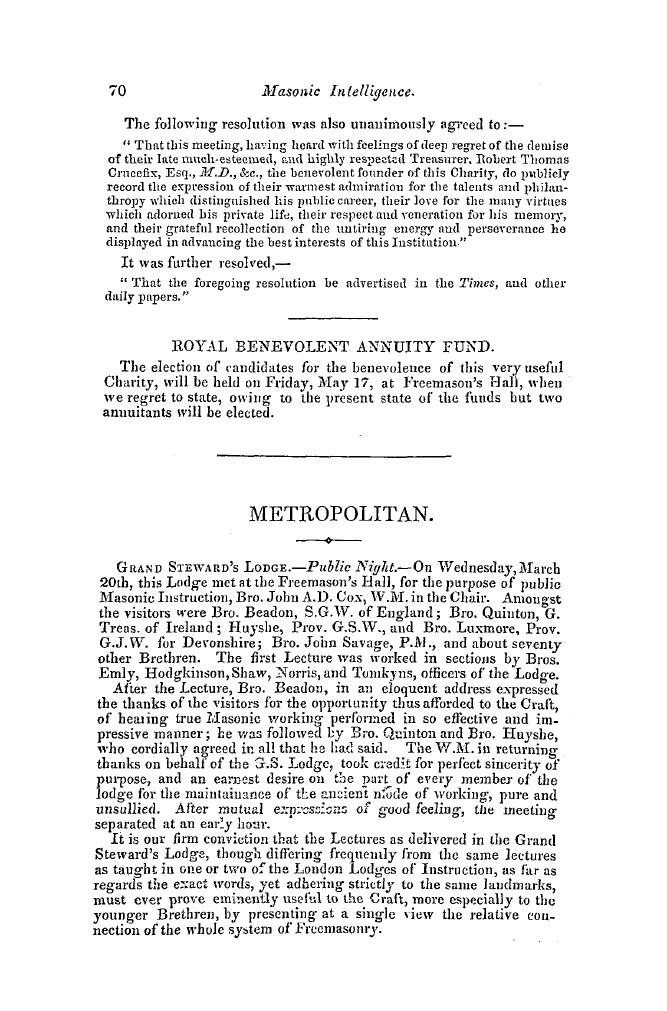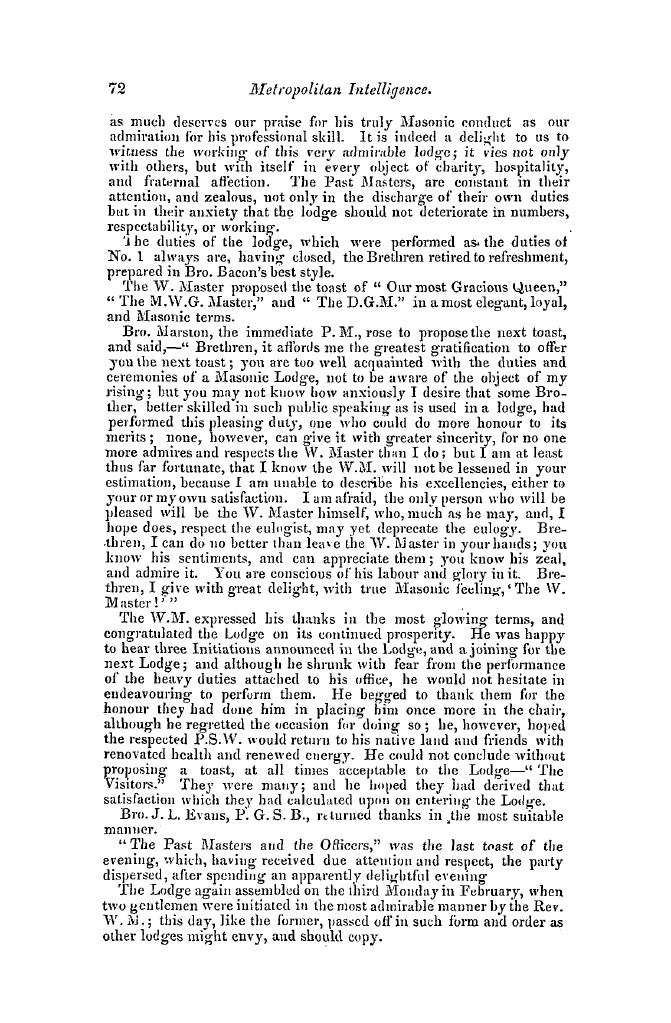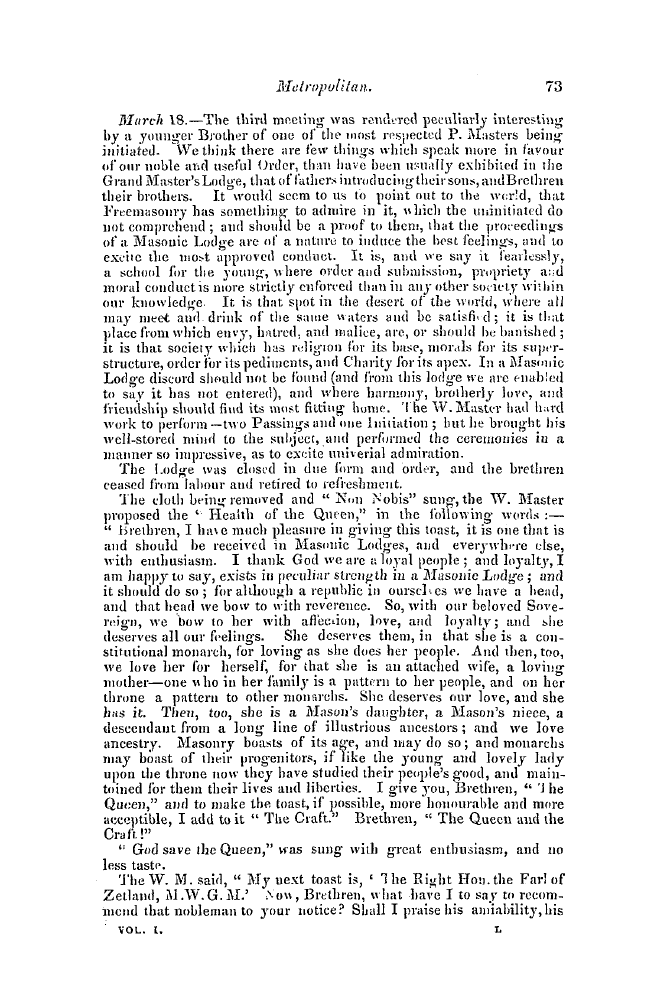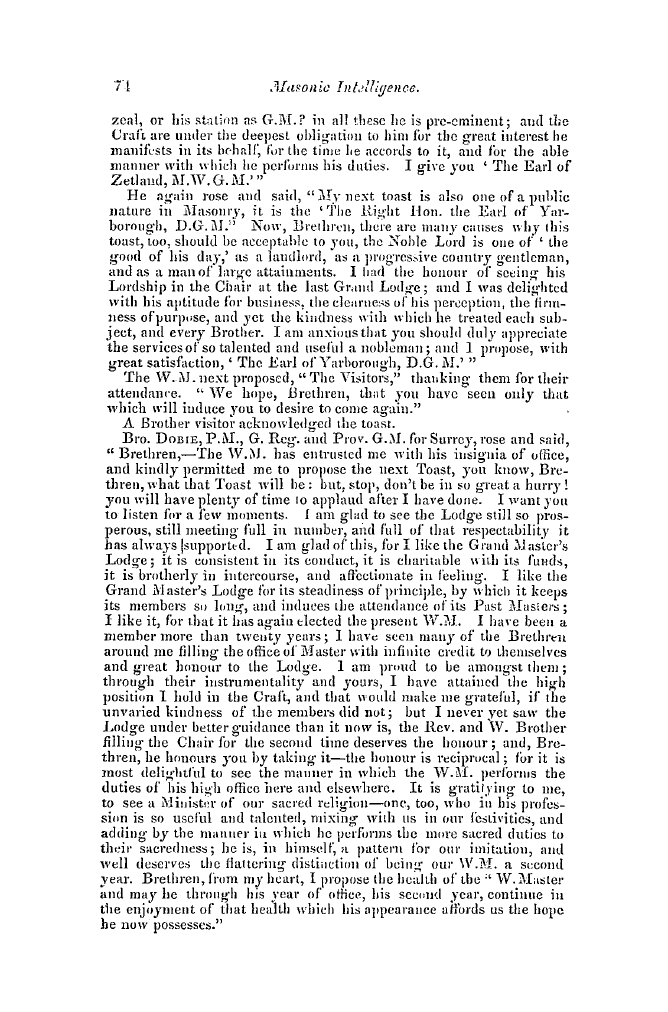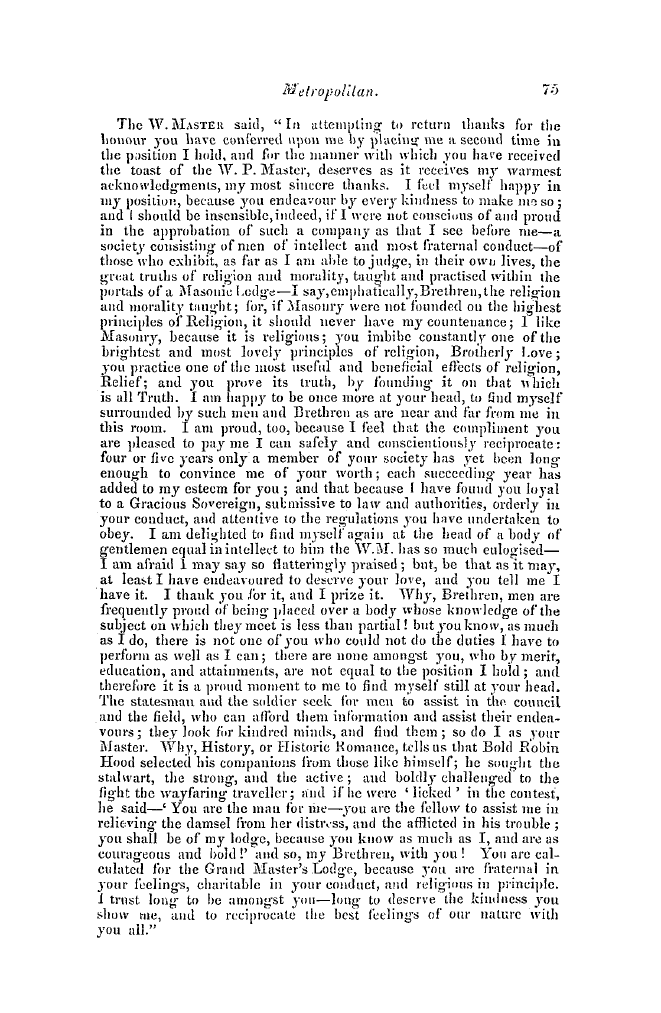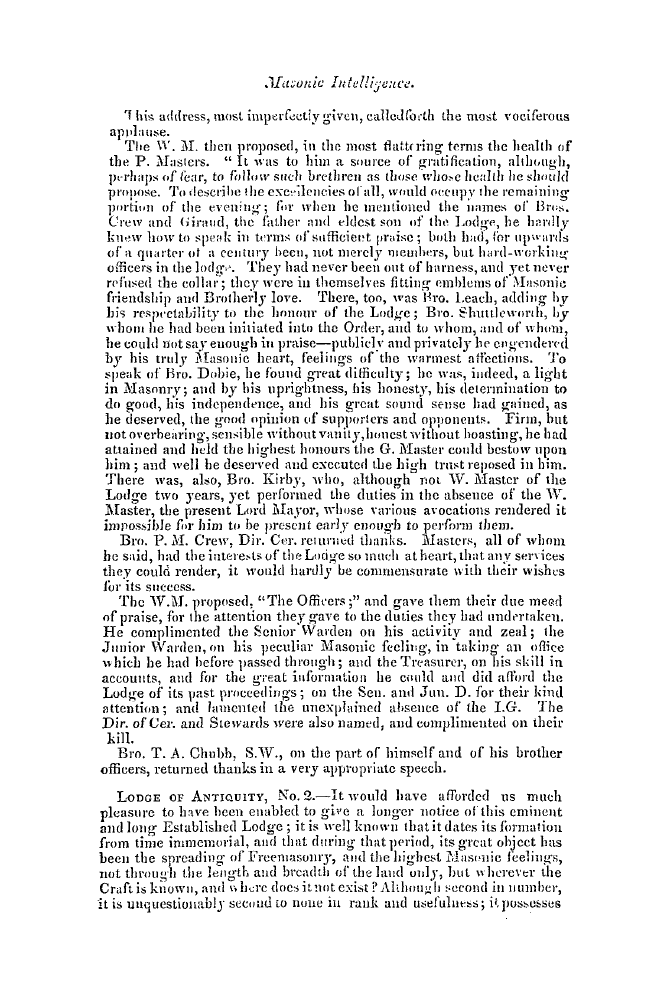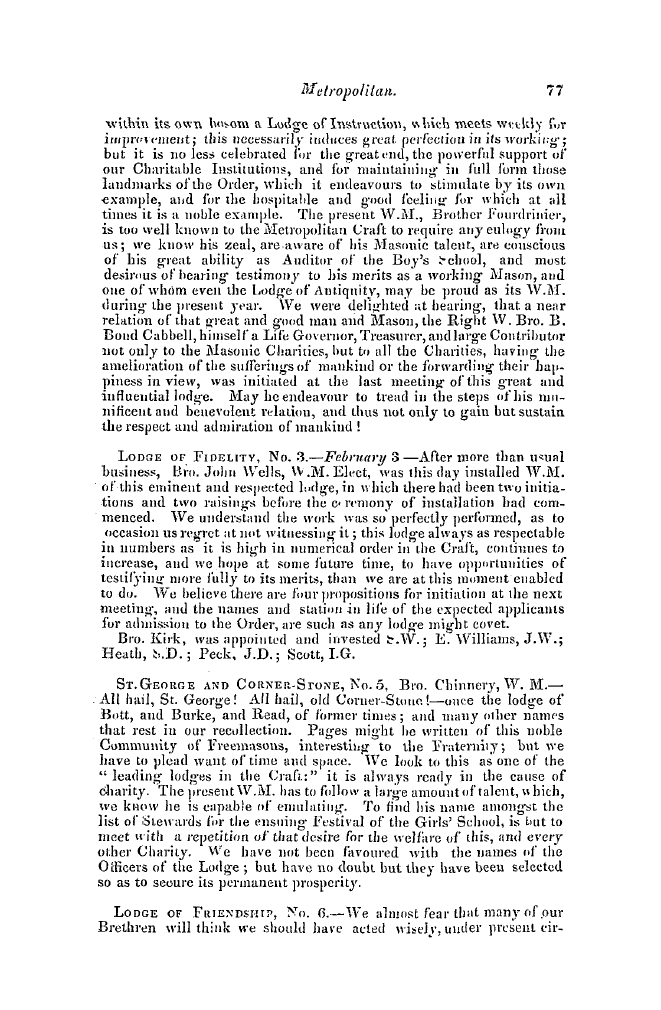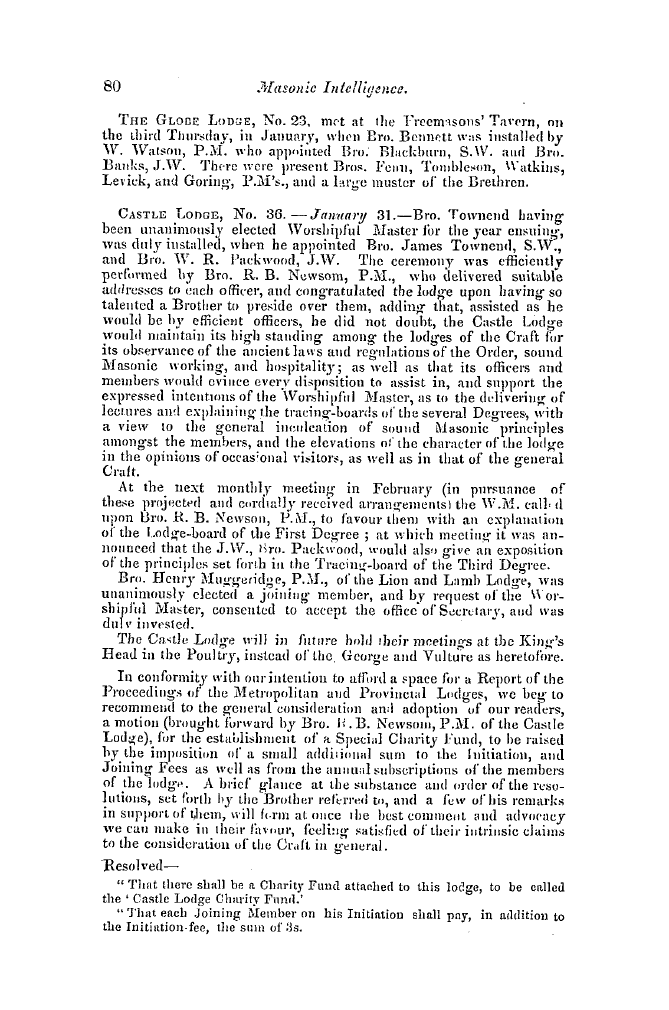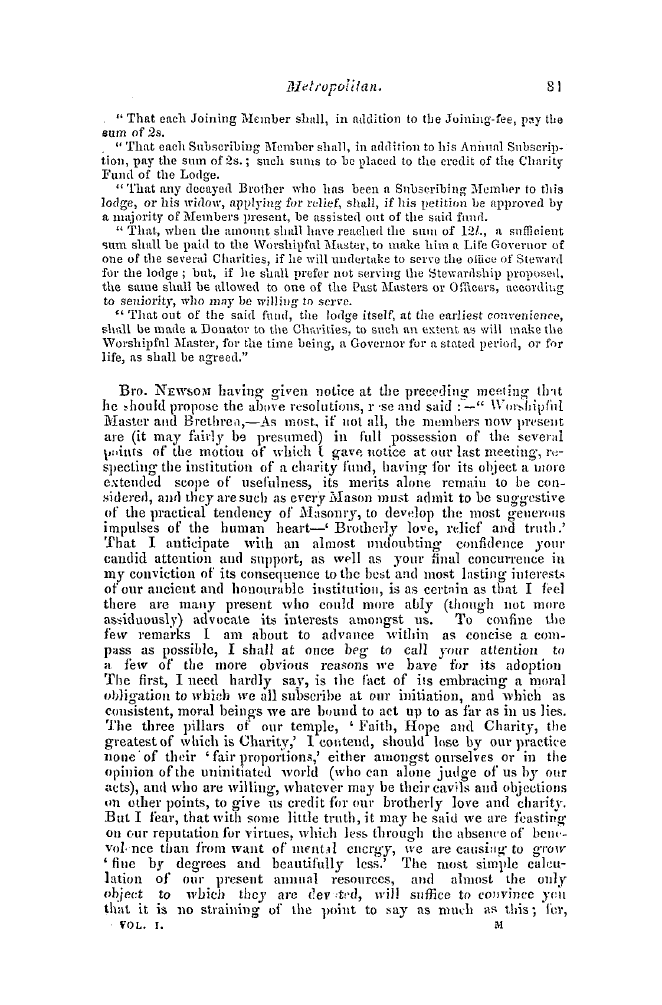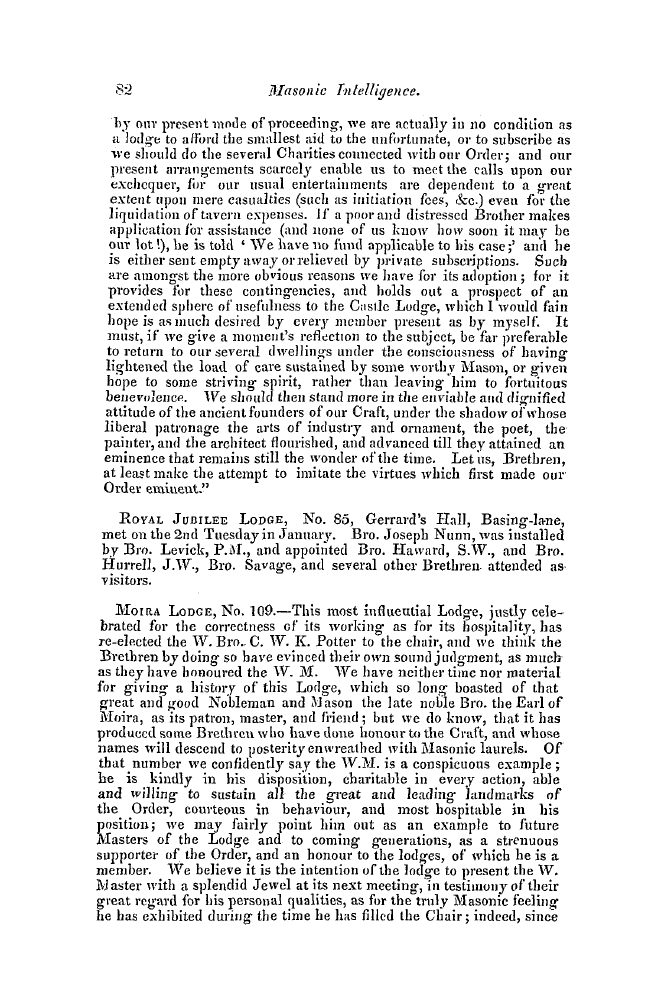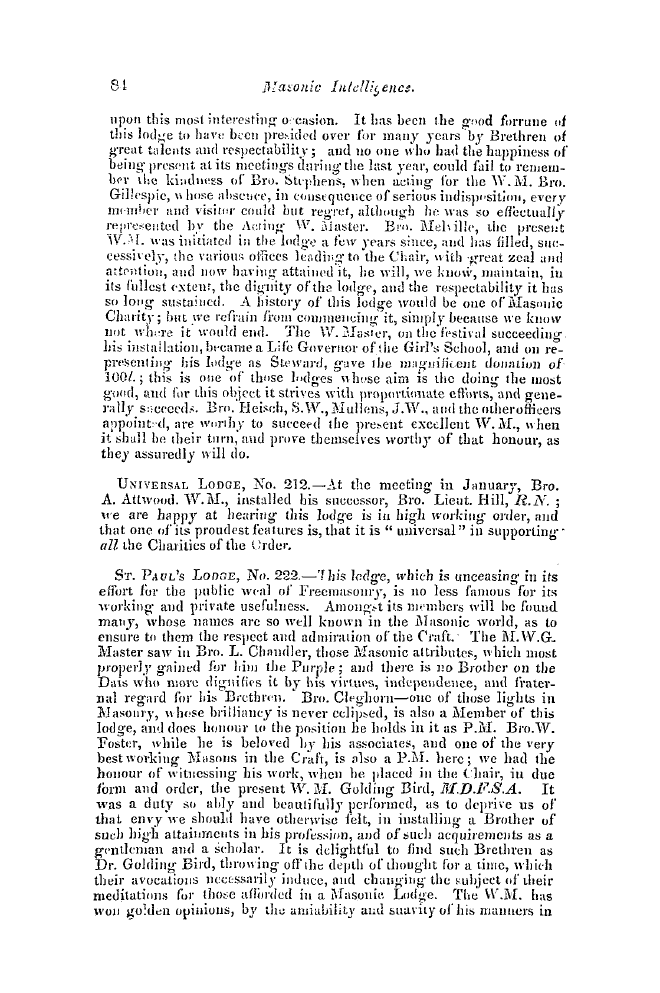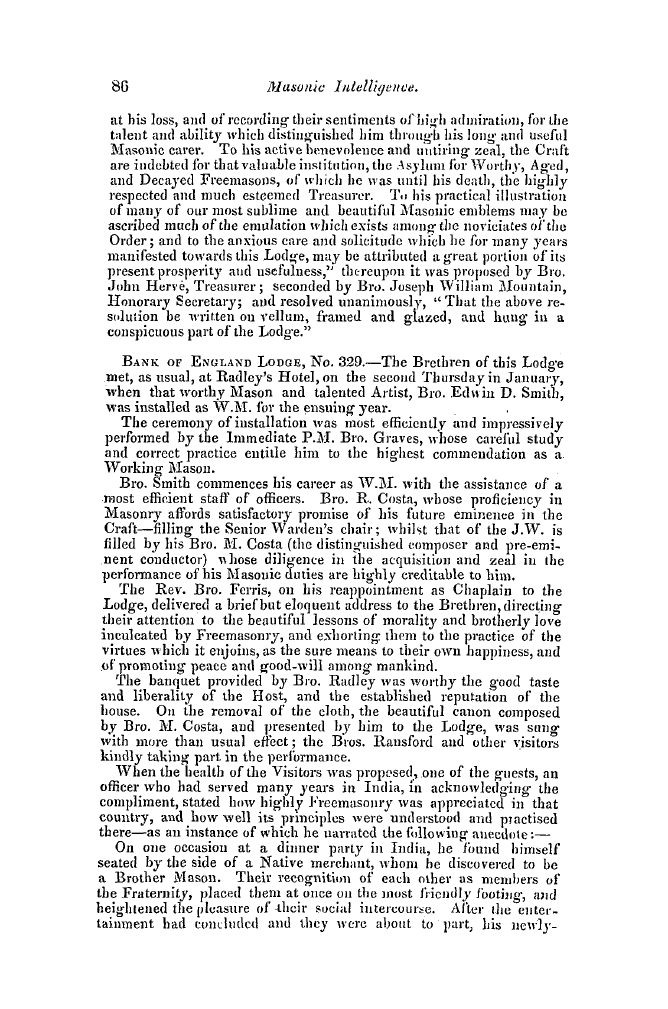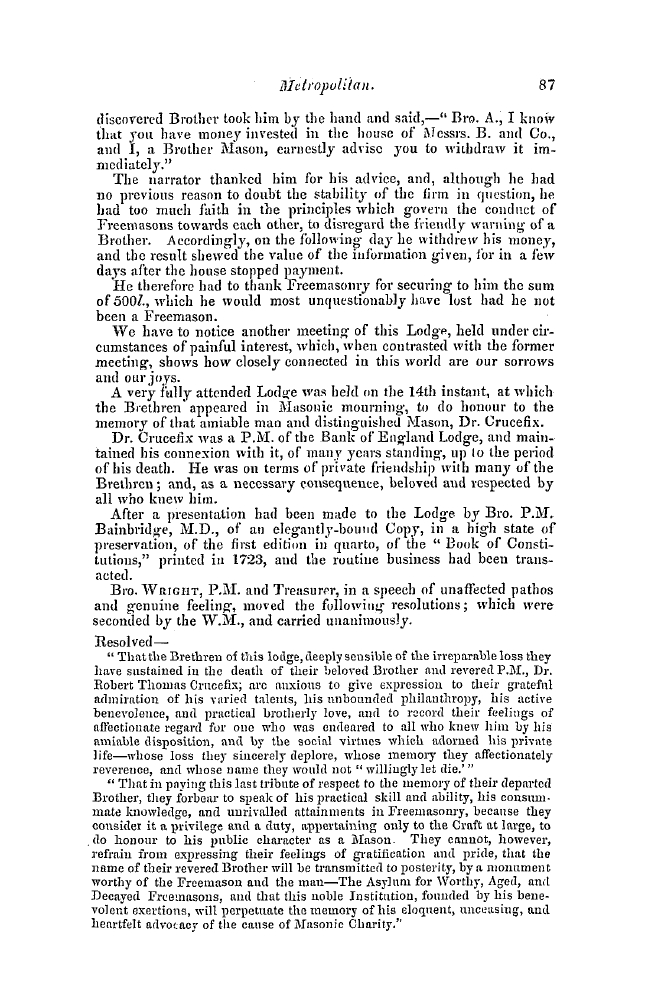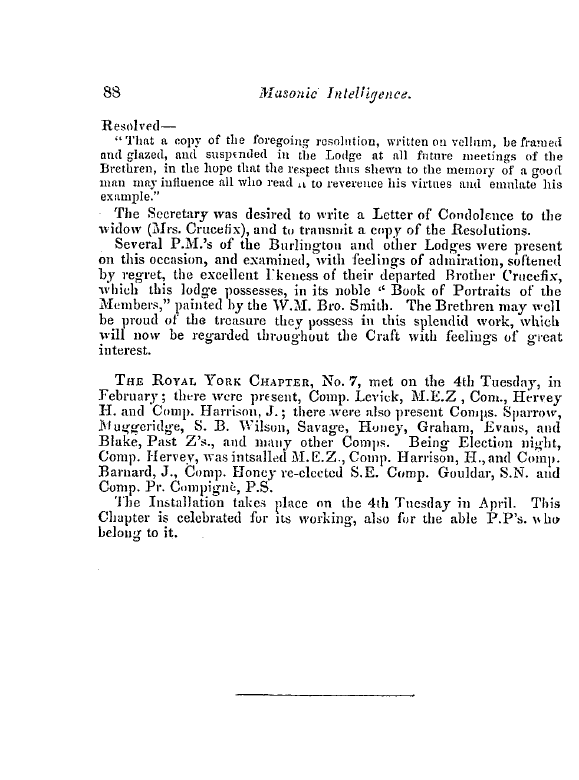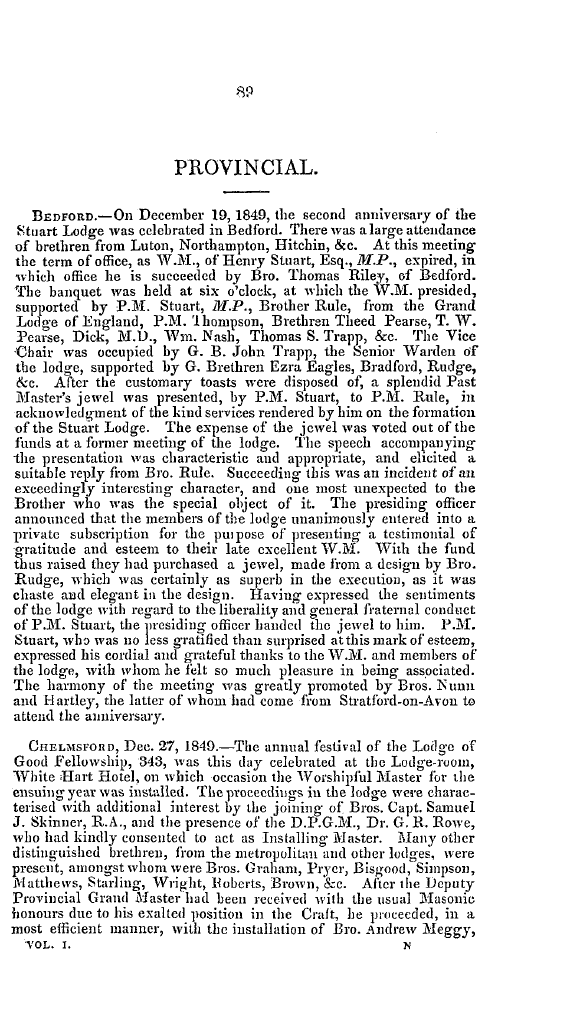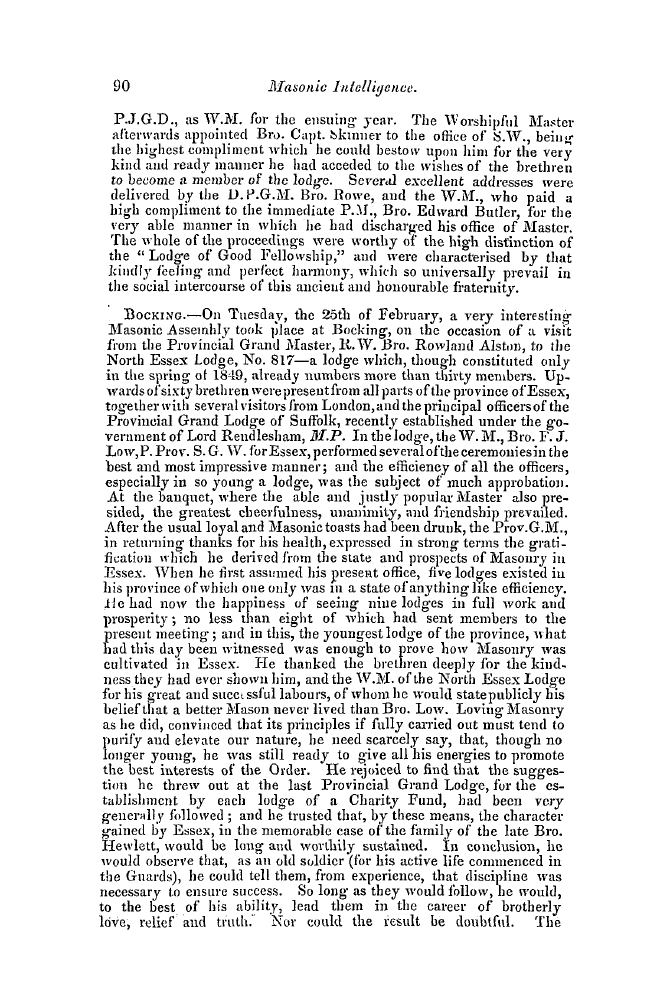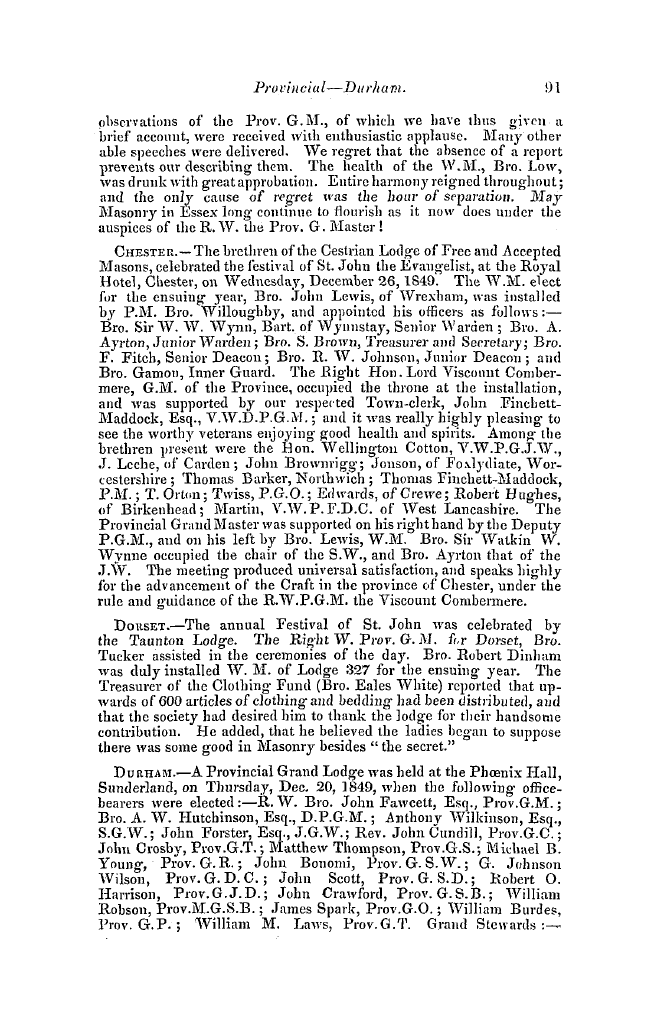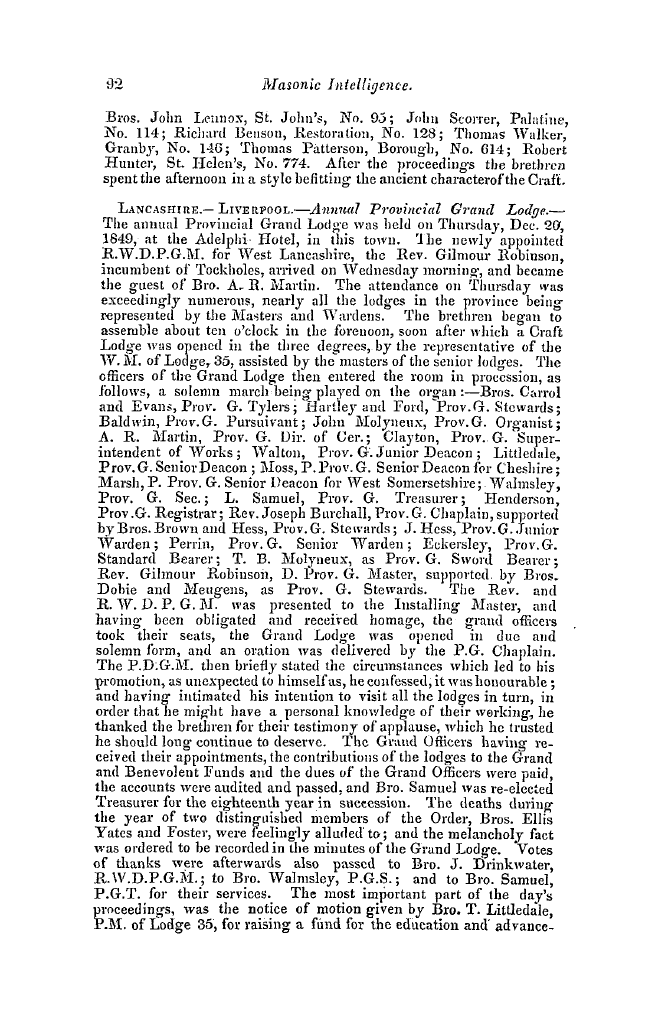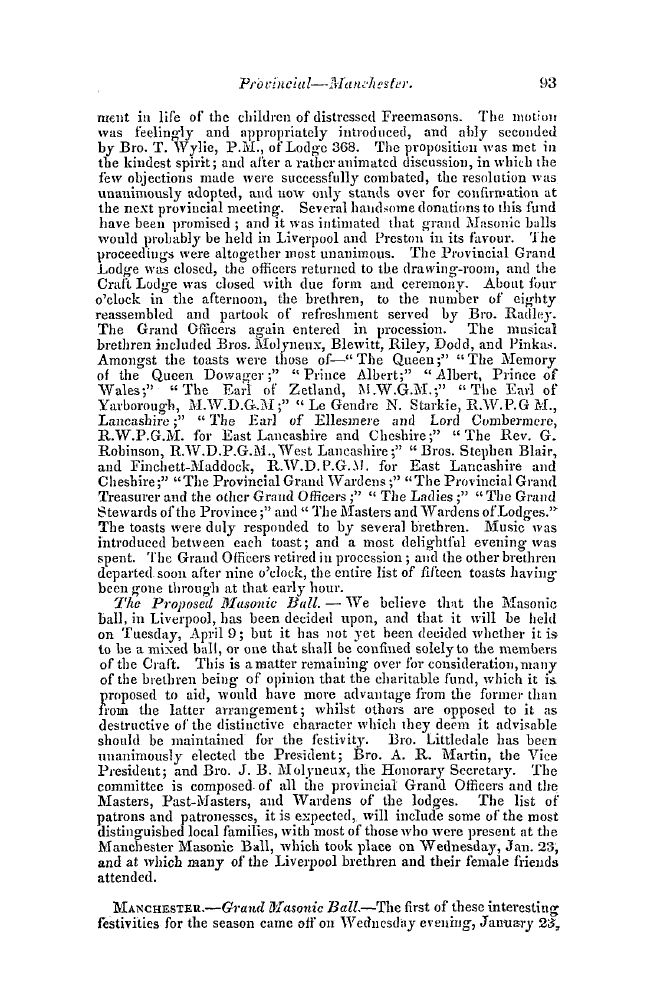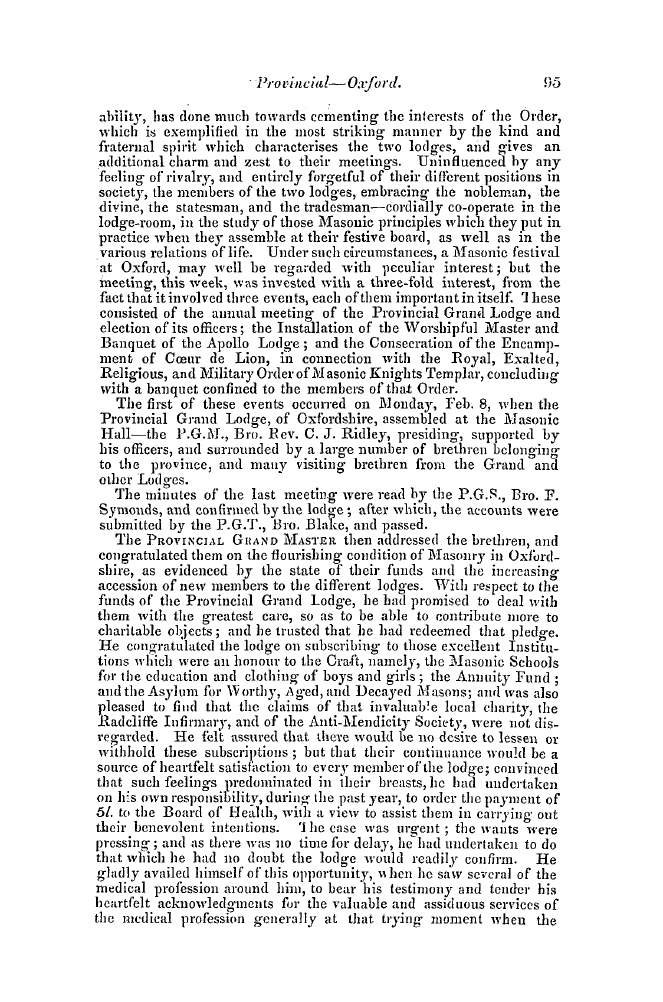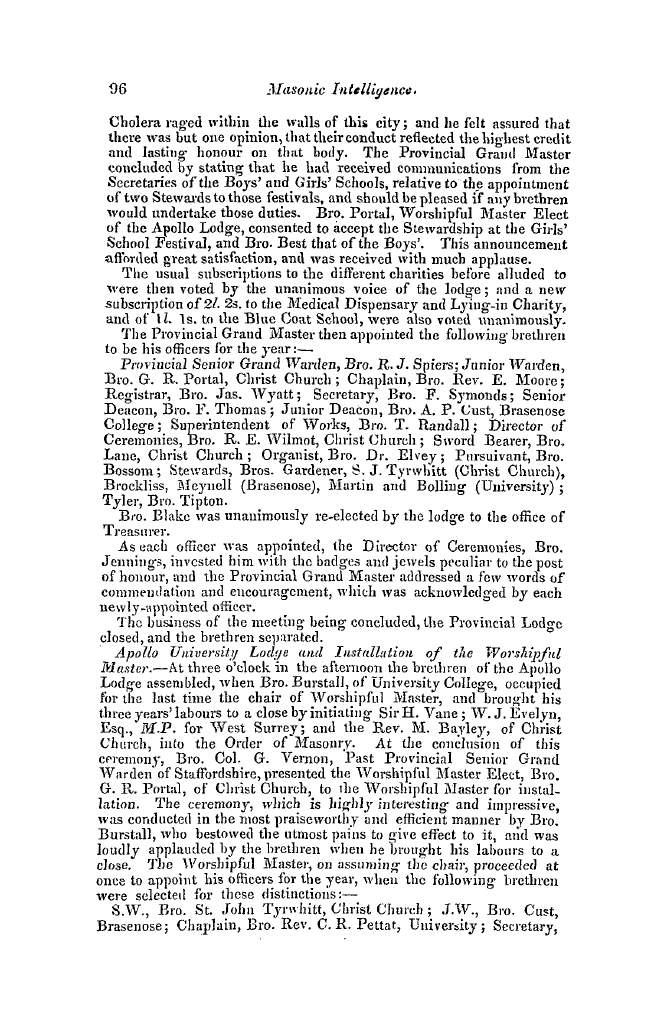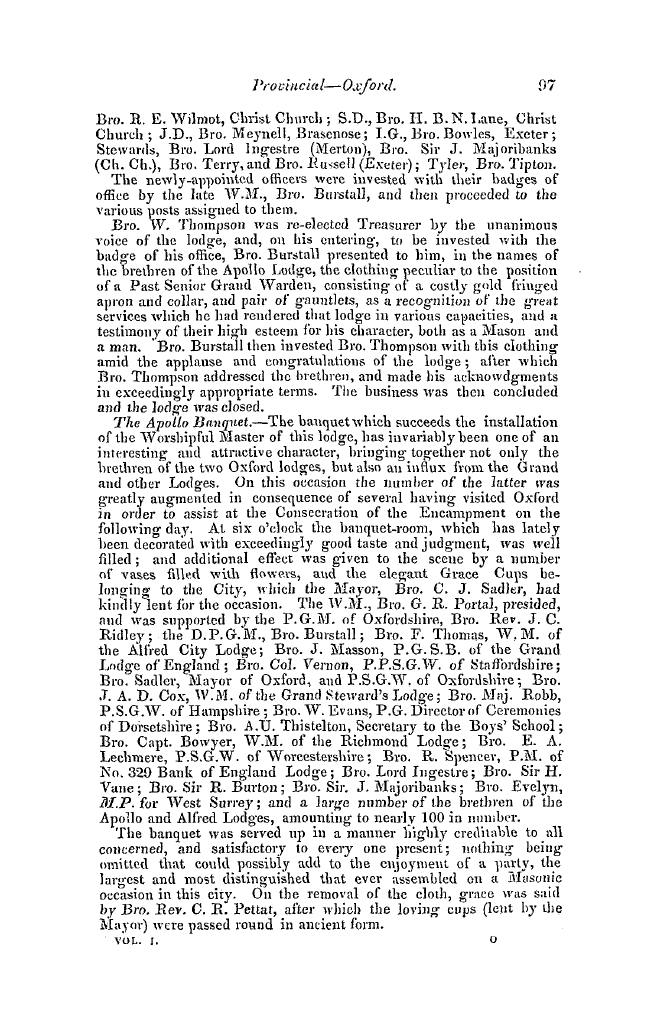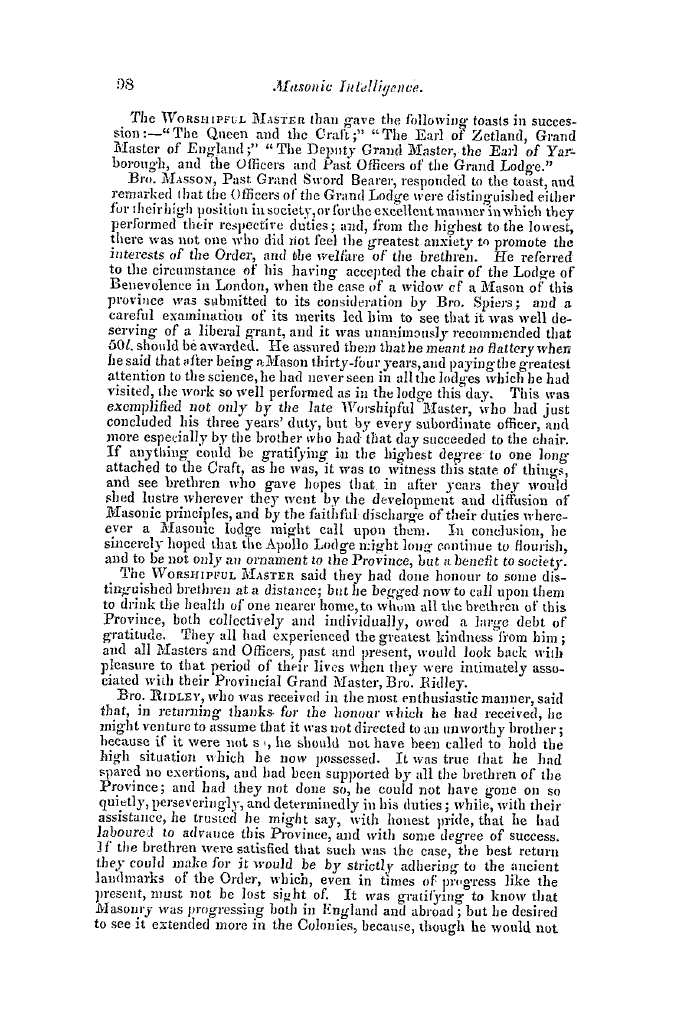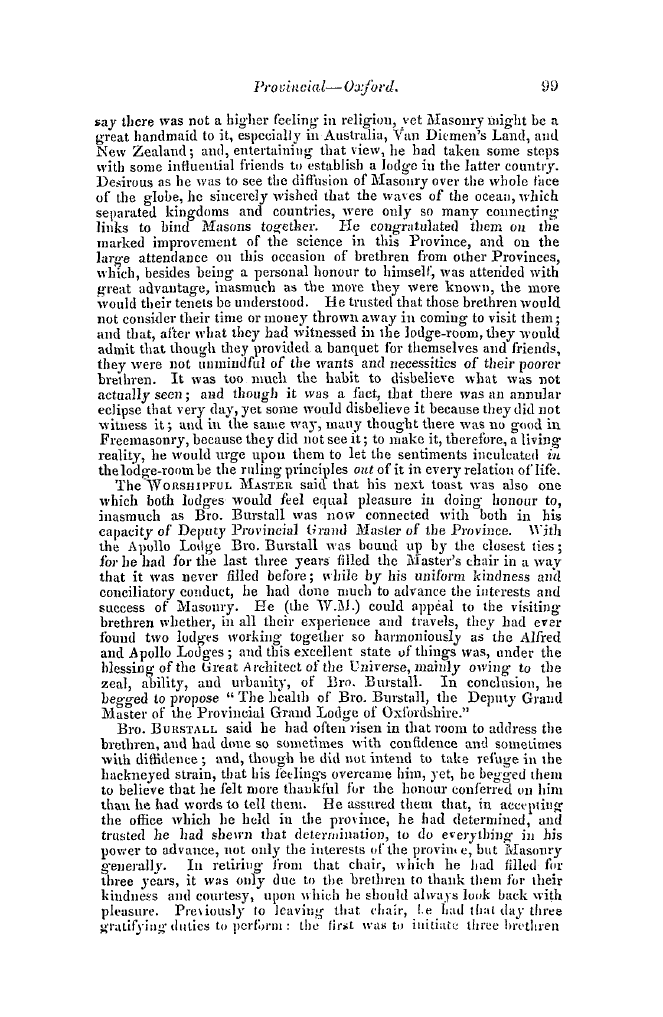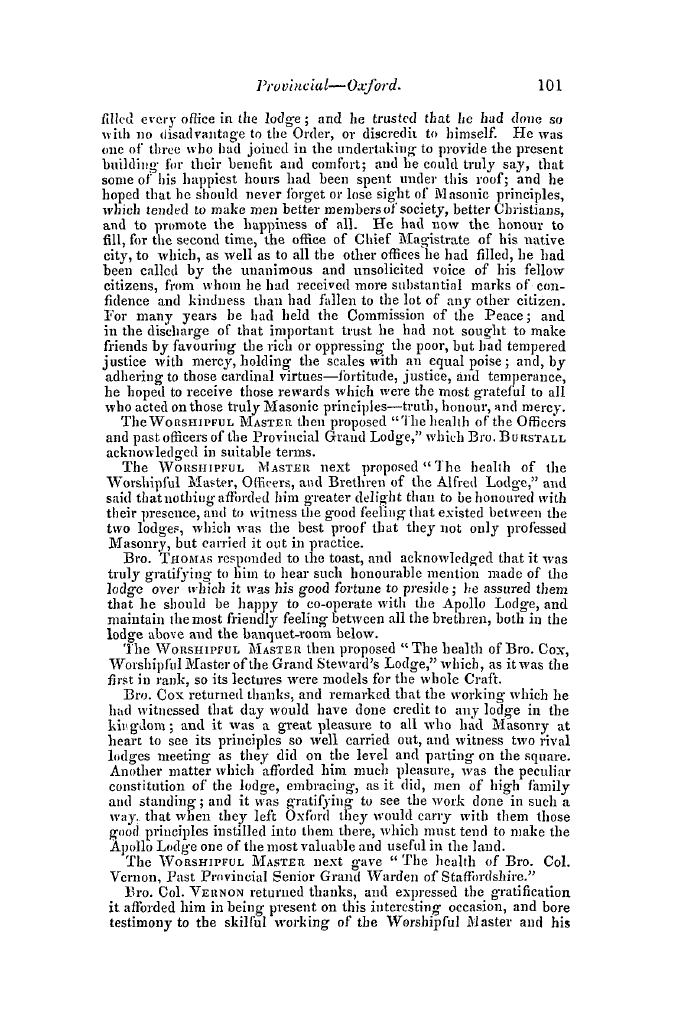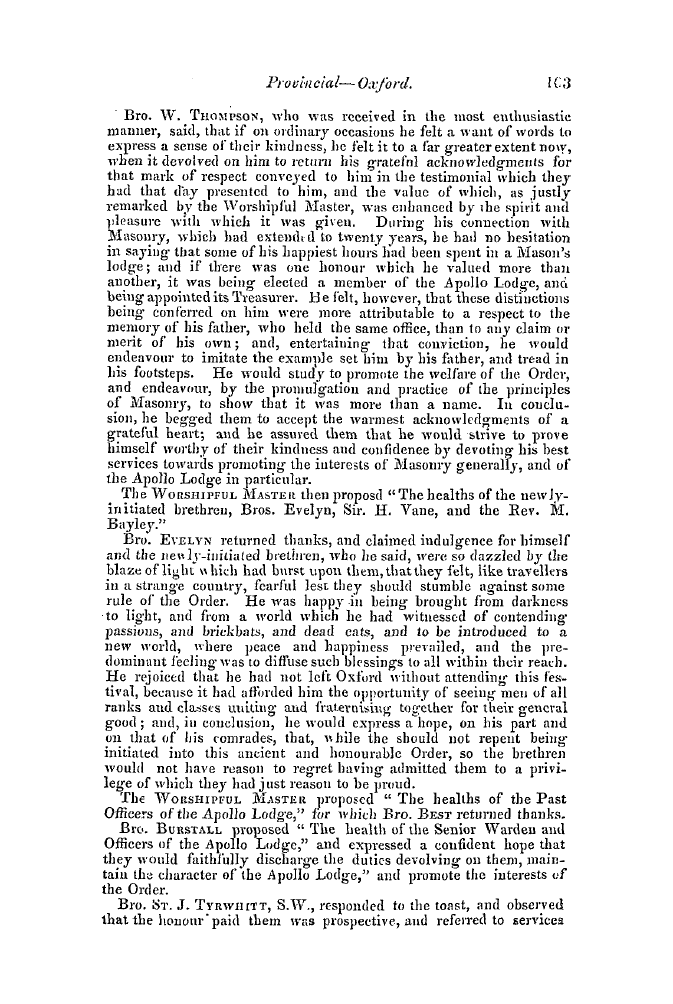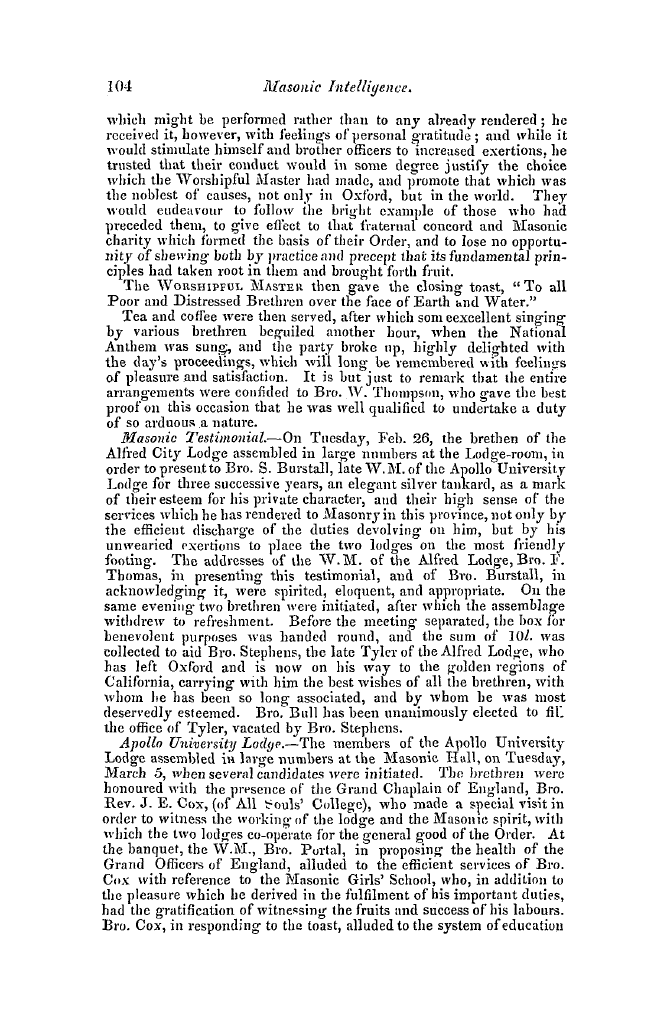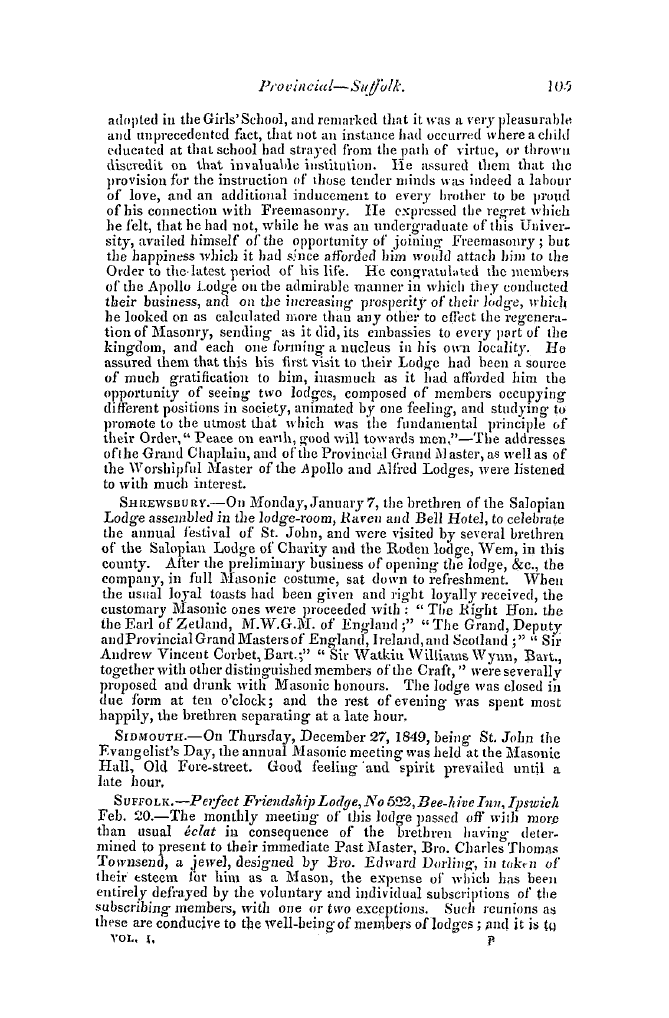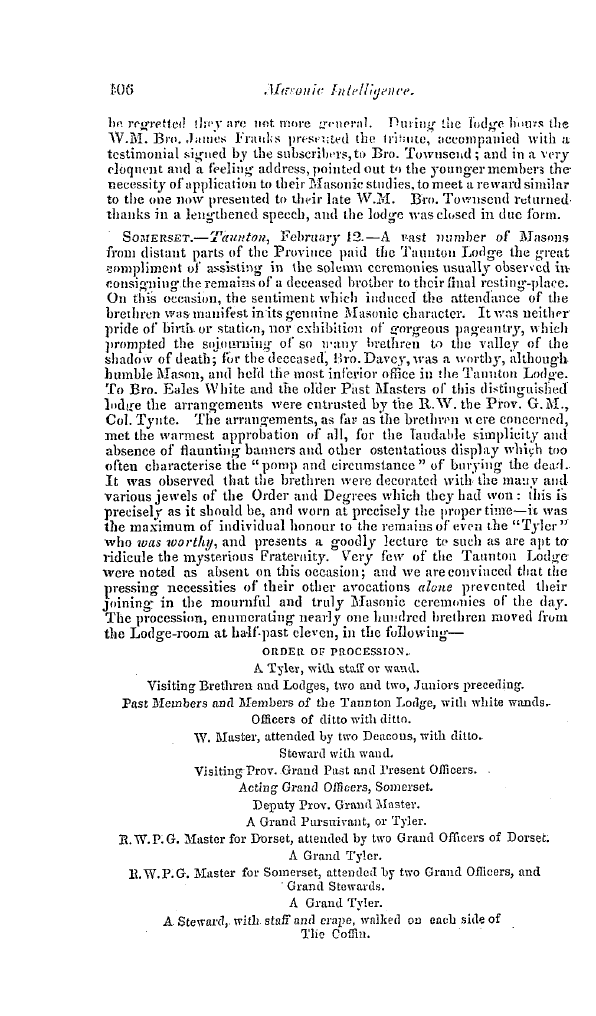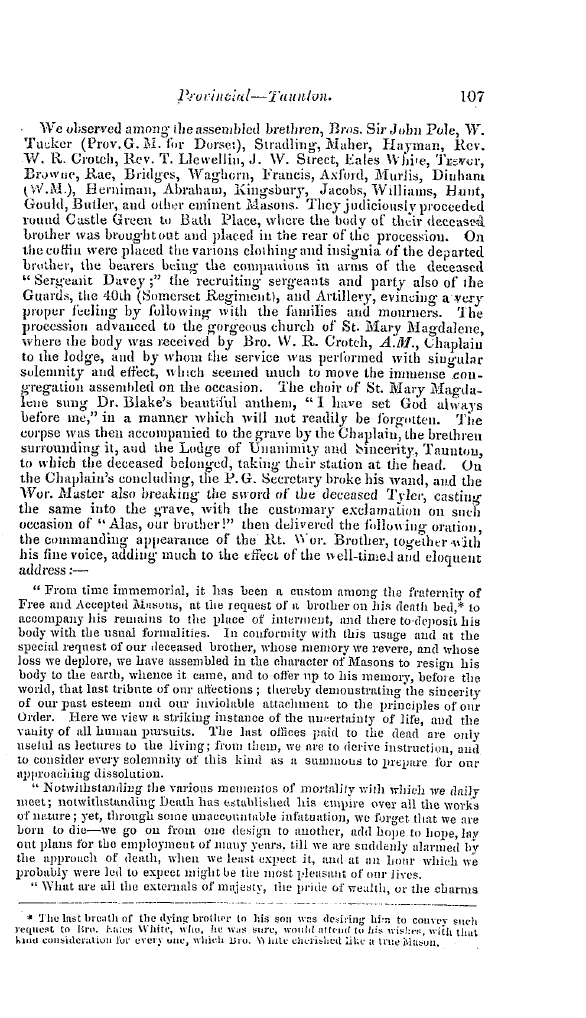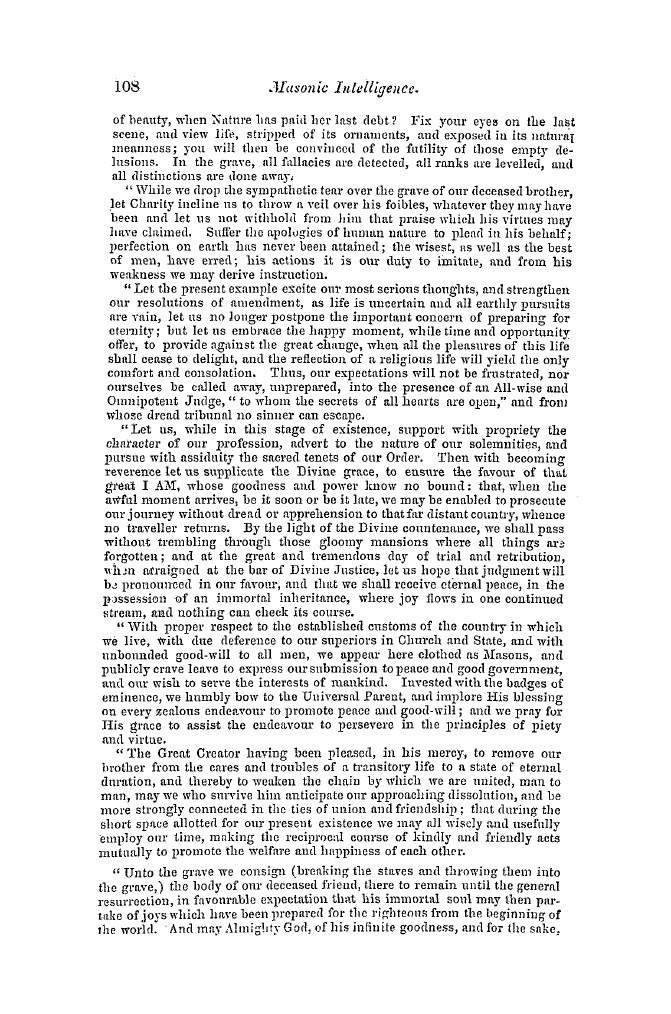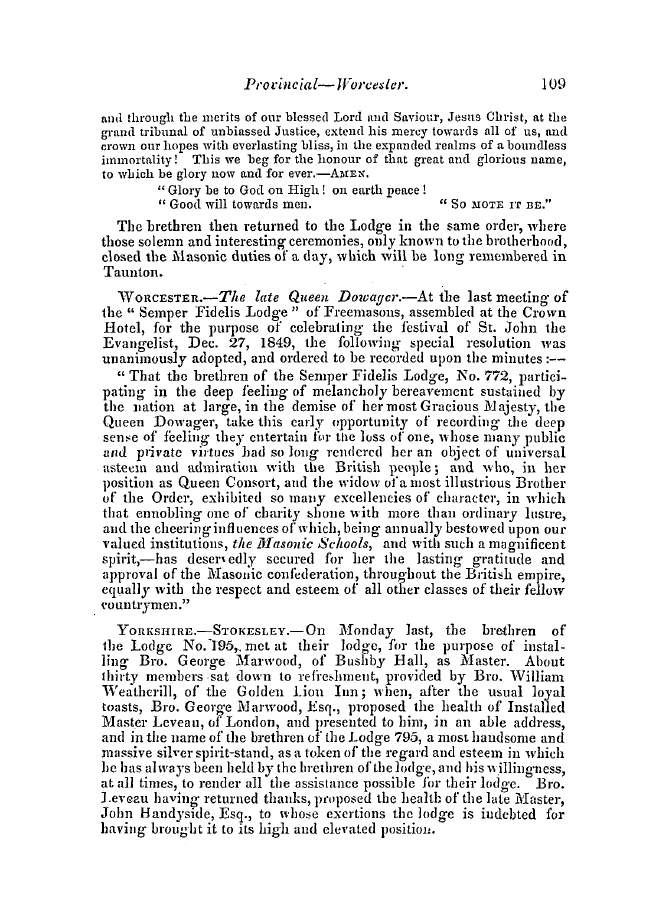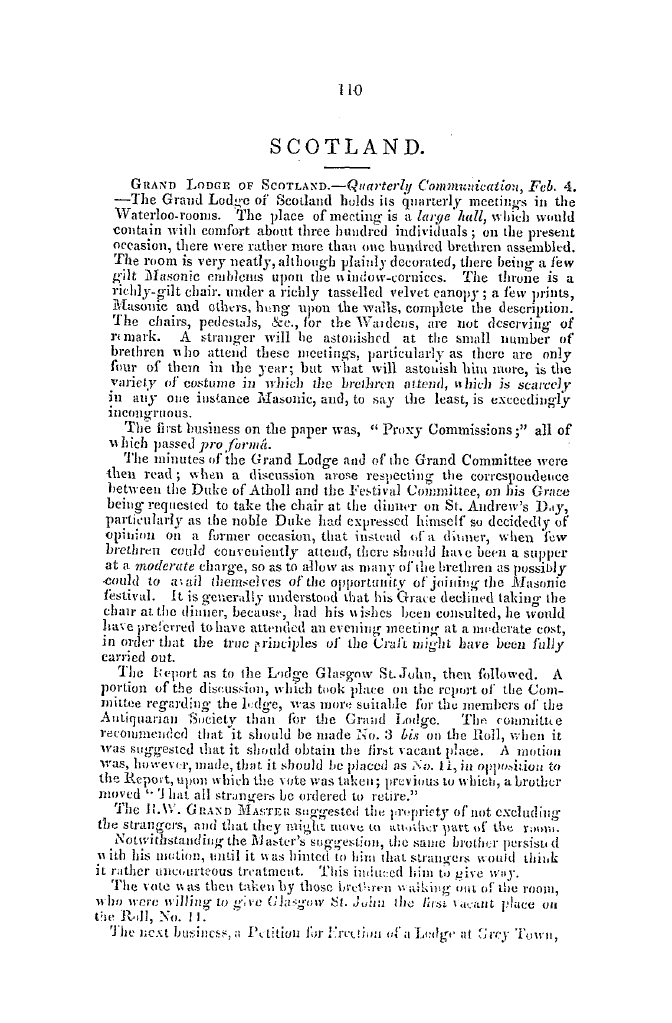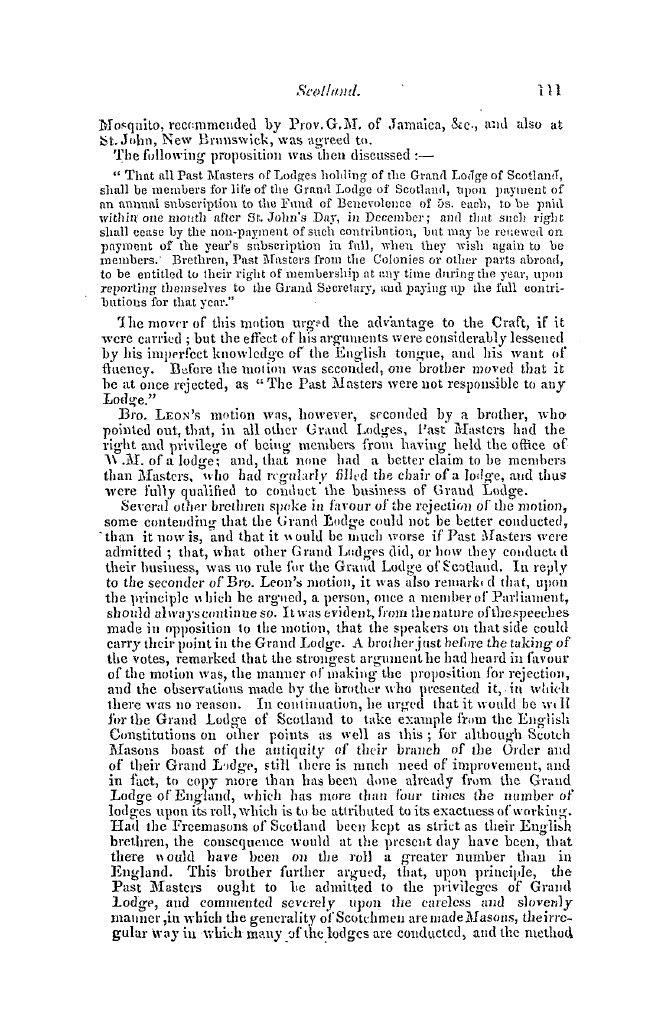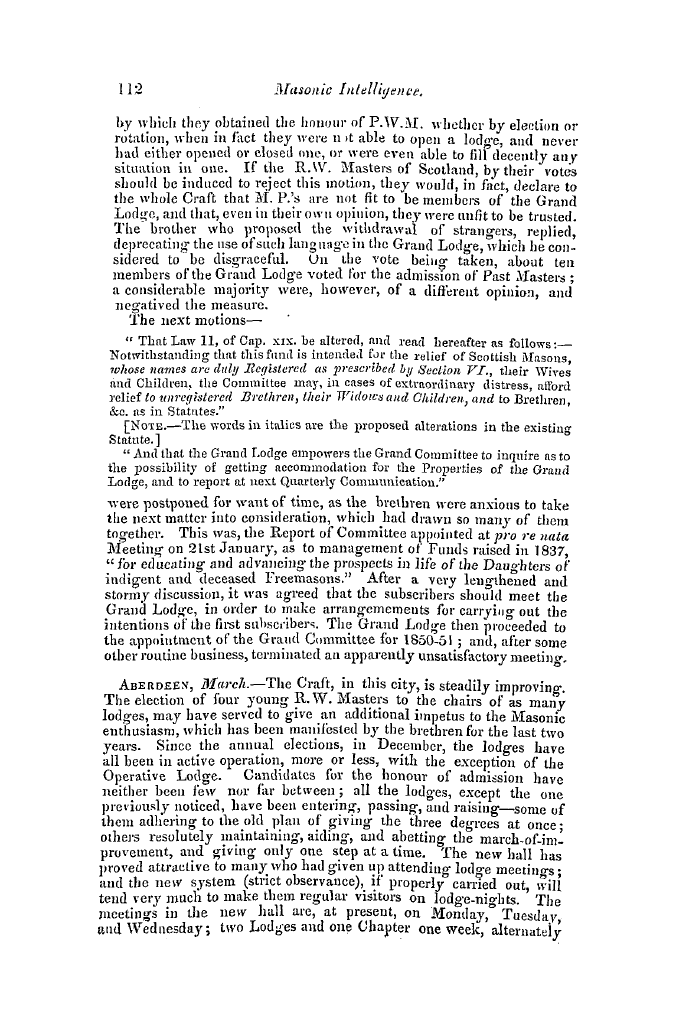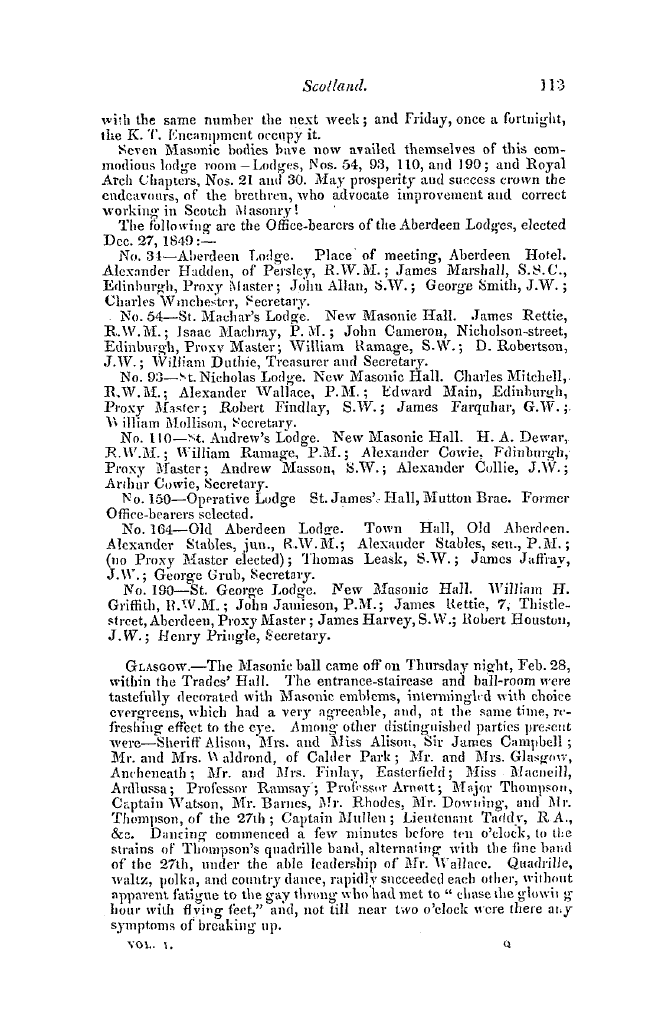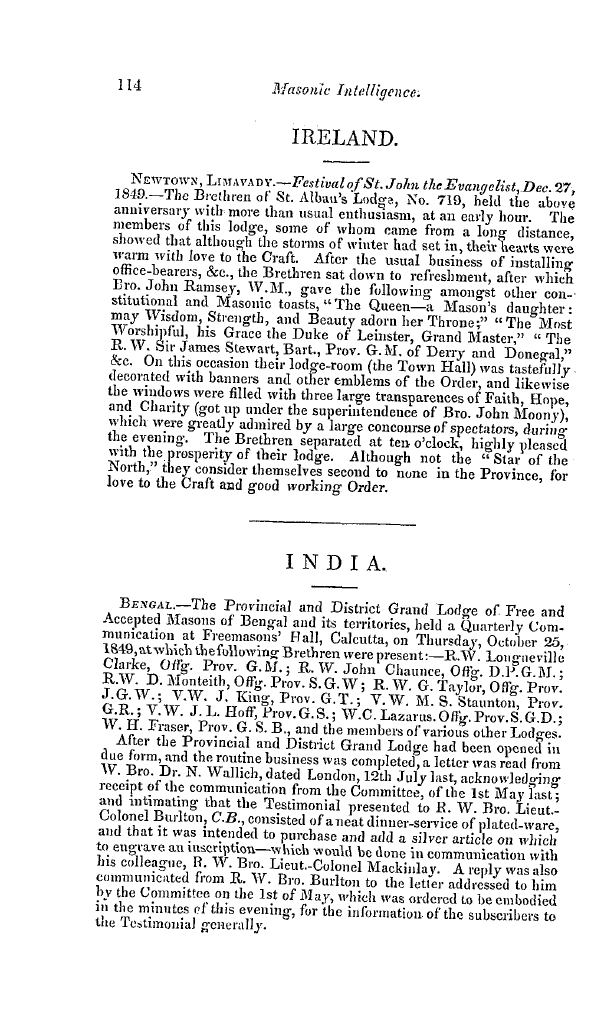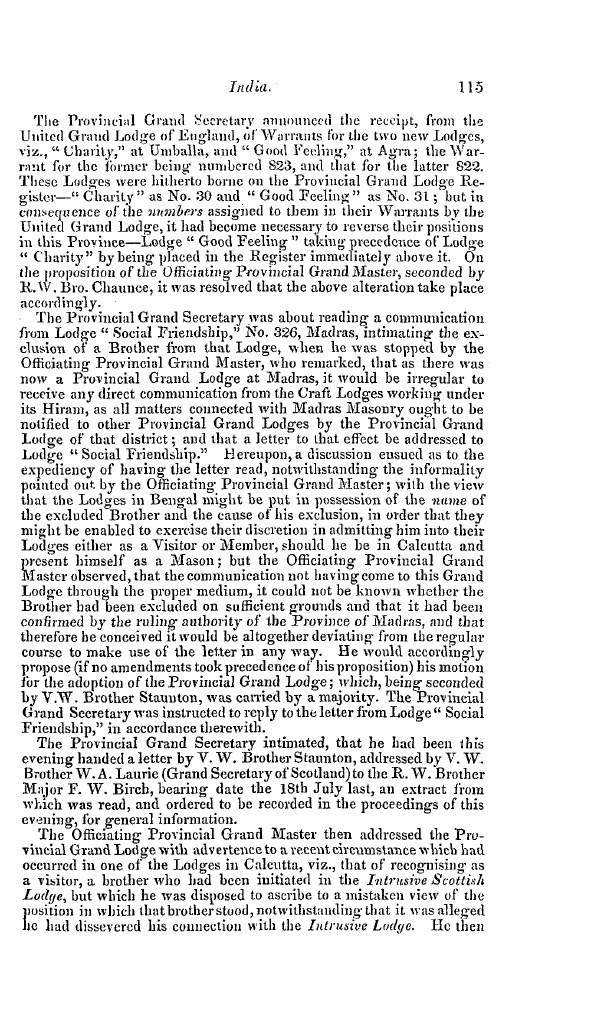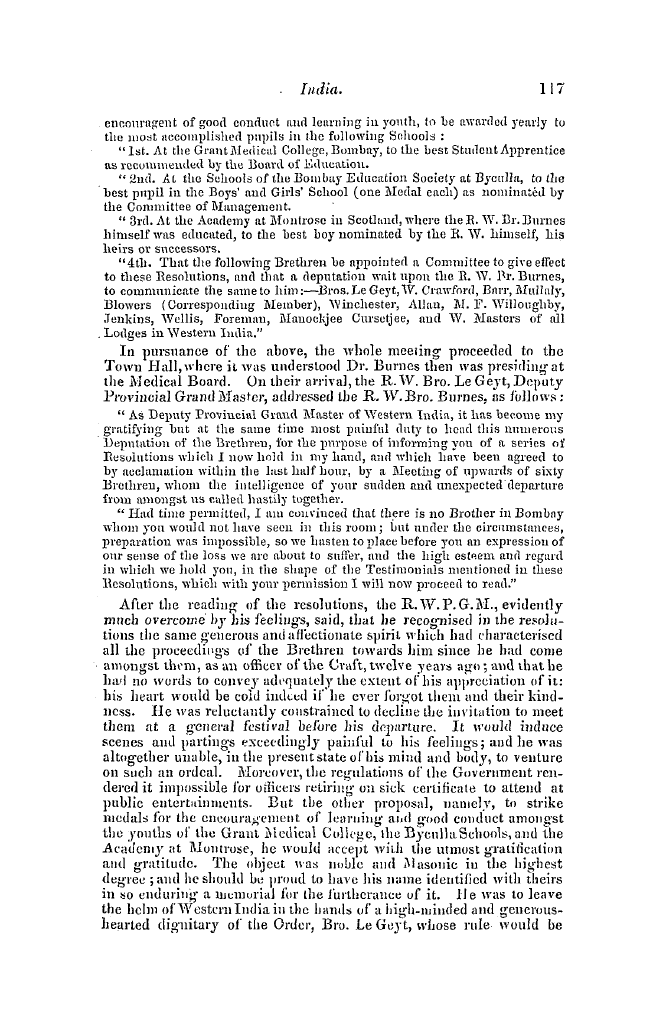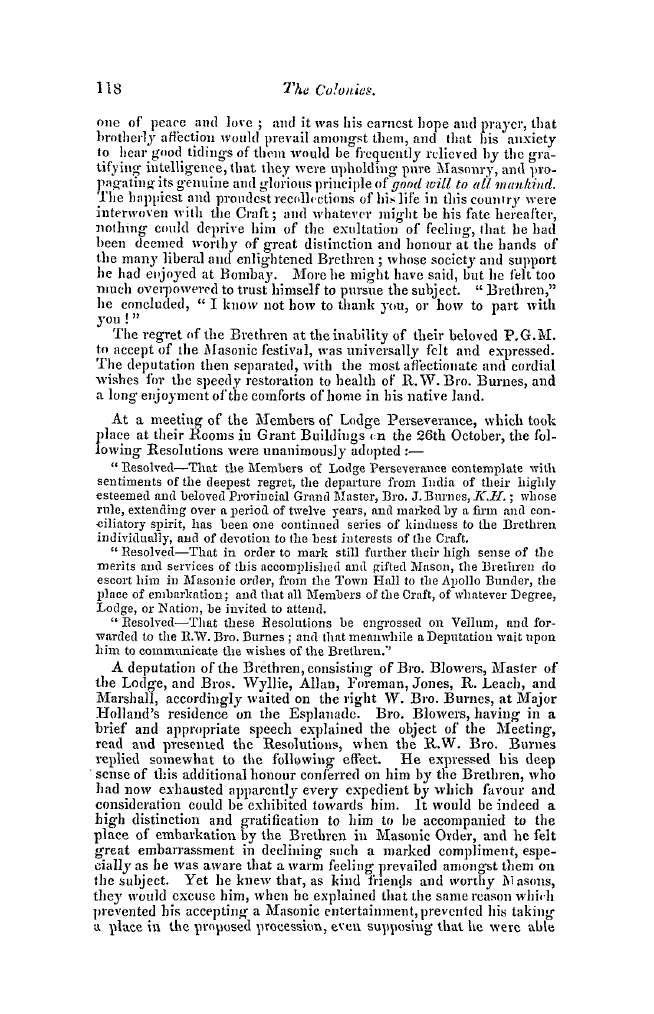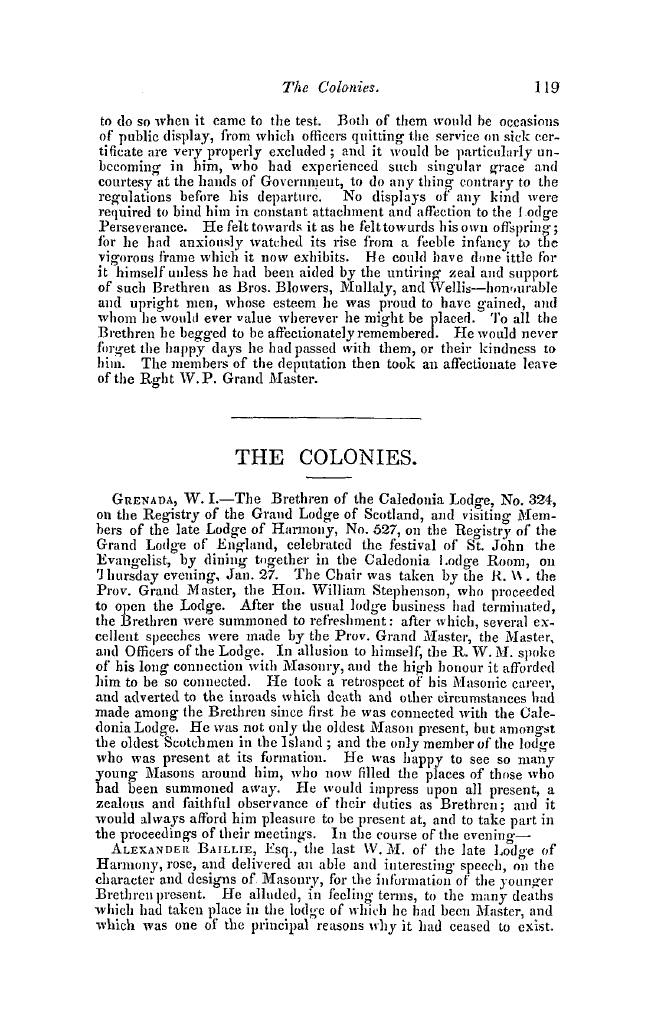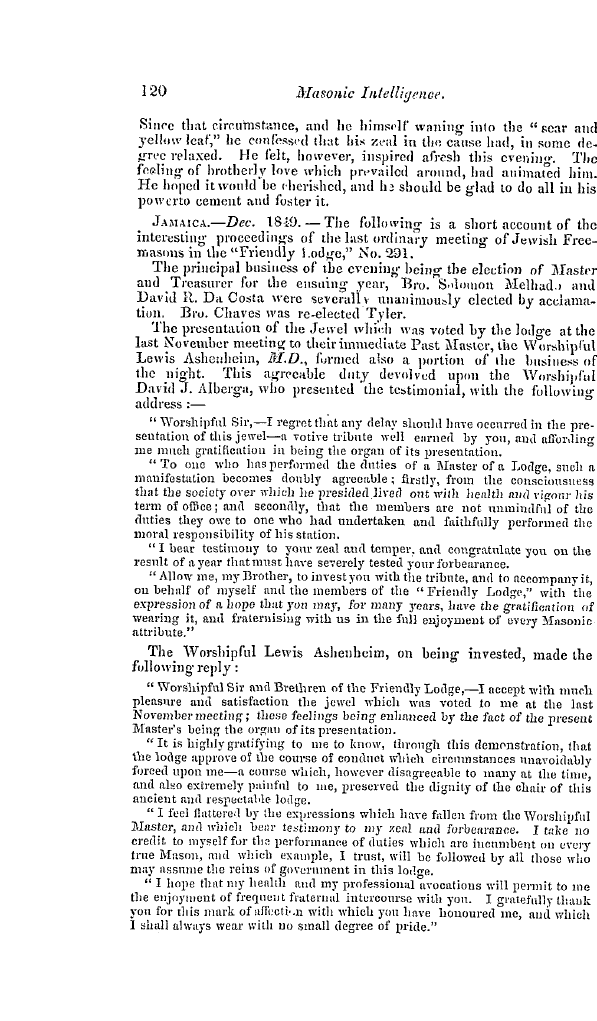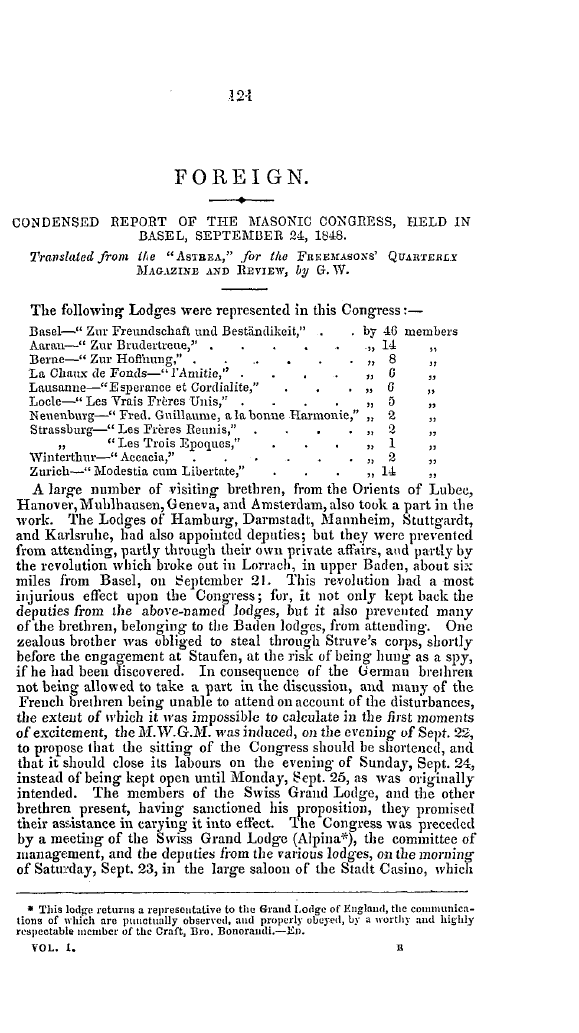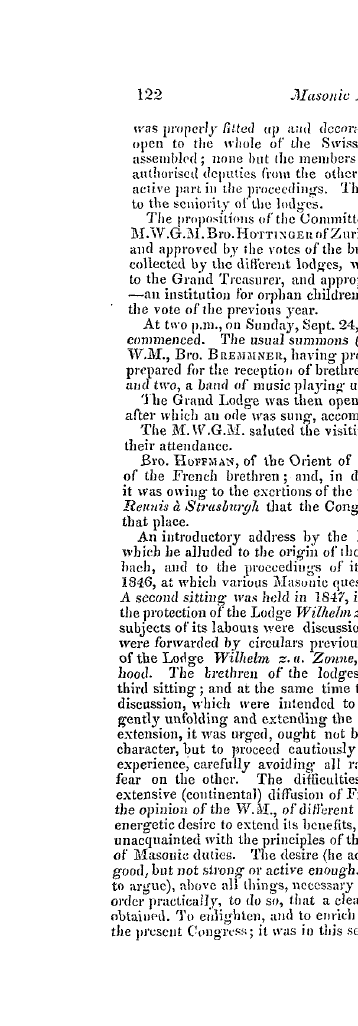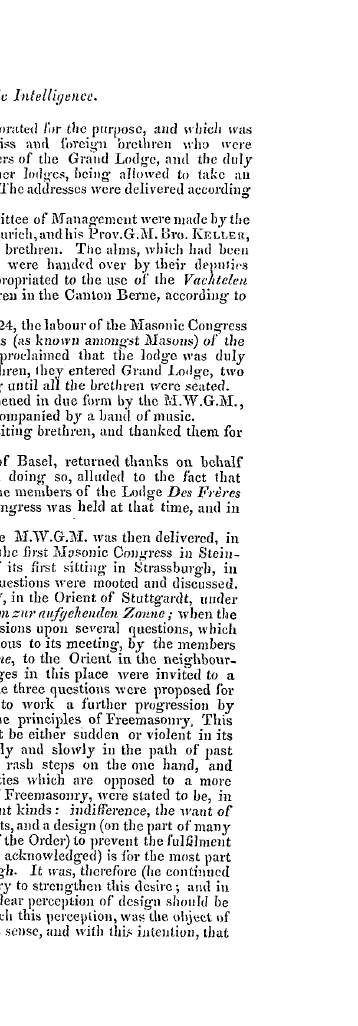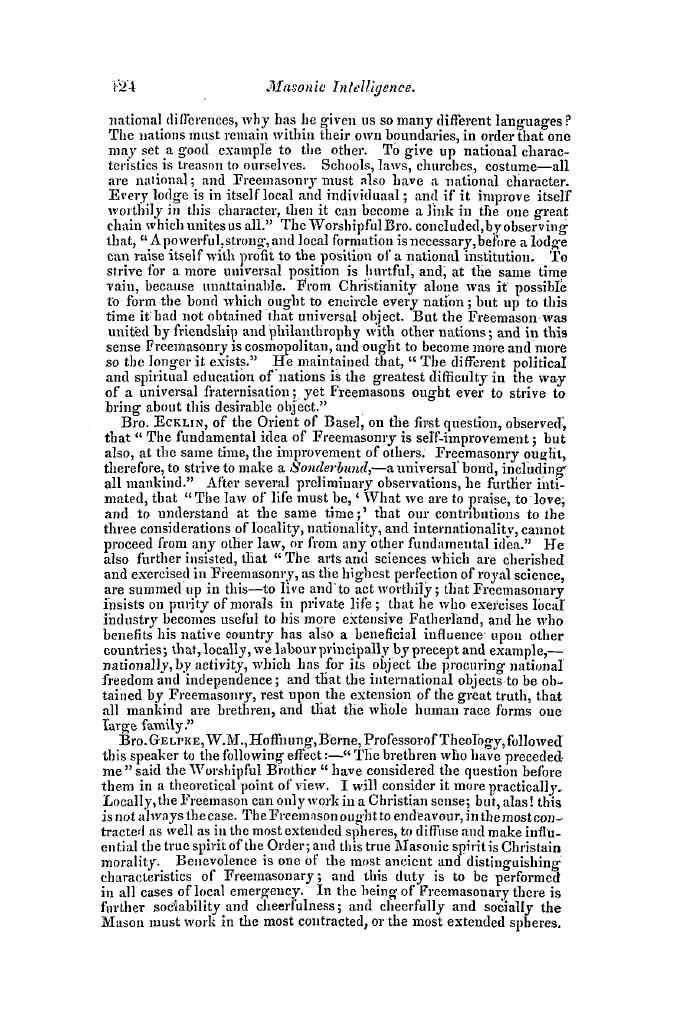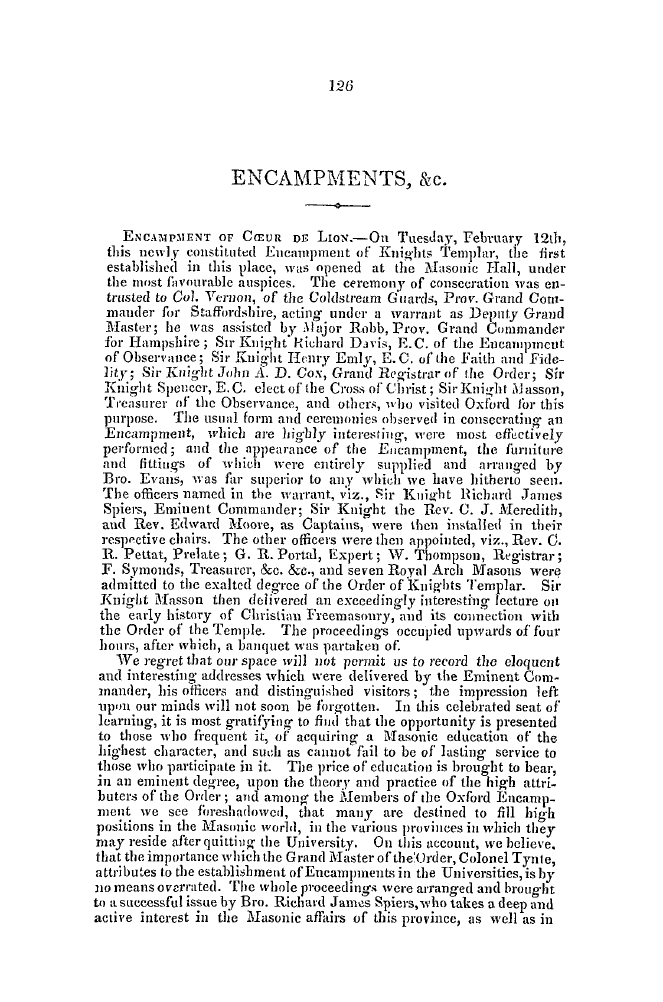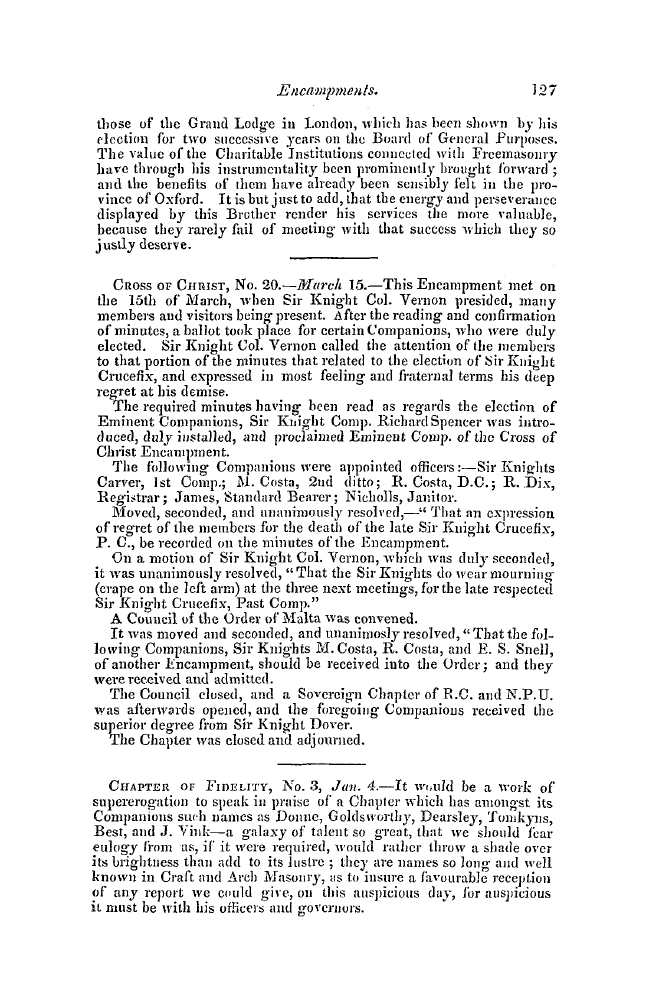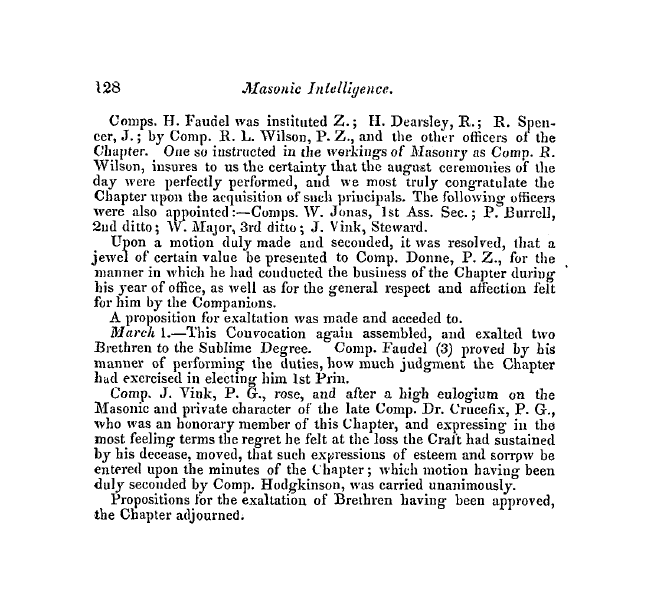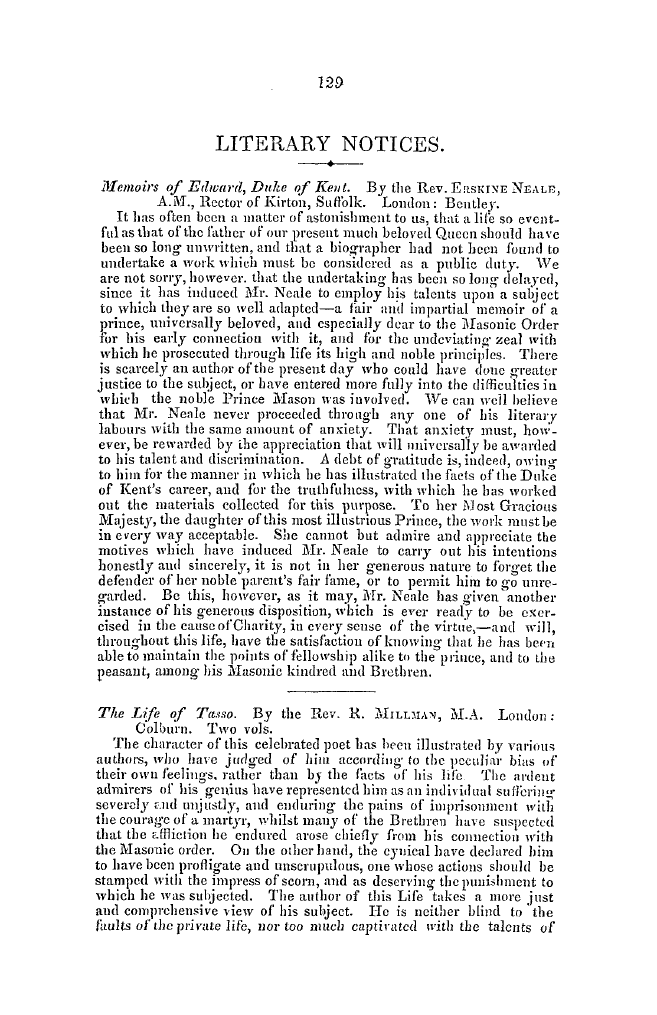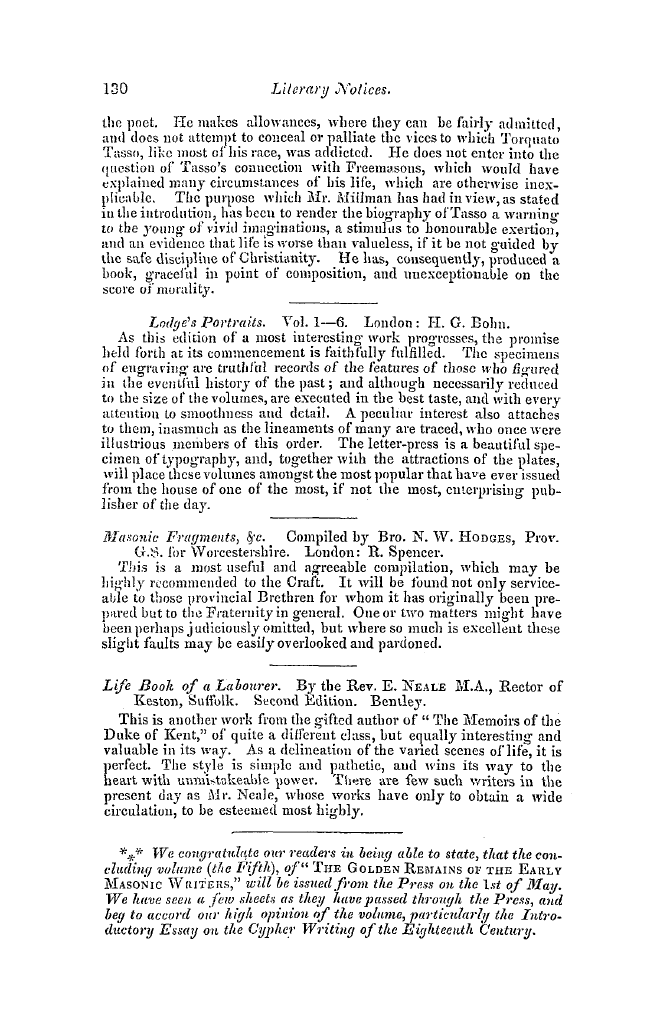Note: This text has been automatically extracted via Optical Character Recognition (OCR) software.
Symbolical Character Of Mediæval Heraldry And Its Connection With Freemasonry.
Iris Cross ancl followeth after mc , is not worthy of mc . " Humbly trusting in Him , they did battle in the good cause ; and , displaying abroad on blazoned escutcheon and painted banner the badge of the profession , they proved to their Paynim foes that "they were not ashamed of the Cross of Christ . " Innumerable forms and varieties of the Cross have , at various times , been introduced into armorial bearings ; but two only will be applicable
to our present purpose , viz ., to show the similarity which exists between the symbols of Heraldy and those of Freemasonry ; ancl these tivo are are the Tau Cross and the F ylfot- The Tan Cross ( see No . 1 ) is called the Cross of St . Anthony , that Saint being usuall y depicted with this emblem upou bis shoulders ; Gibbon calls it a Cross Tan , from the Greek letter ; Mackenzie blazons it as the Cross of St . Anthony ; Guillim also terms it " Crnx St . Antonii" Morgan saysthat of old
; , , it was the Hieroglyphic of Security , "for whicli , " adds Guillim , "I suppose he alludes to 'kill not them upon whom ye shall see the letter Tau . ' " A Tau Cross argent ou a chief sable , forms a part of the arms of Thavies' Inn . The F ylfot ( see No . 2 ) is a form of Cross rarely found in English Heraldry ; but it is nevertheless a symbol of frequent occurrence in the decorative work and embroidery of the Middle Ages . It is somewhat
similar to the Cross Cramponie , ivhich , as its name indicates , was composed of cramp-irons , ancl which may still he seen on many a church tower , imparting additional strength to such parts of the fabric as need support . There is an account of the Fylfot in " Waller ' s Monumental Brasses , " No . 10 , where it is described as having been known in India as a sacred symbol many centuries before our Lord , ancl used as the distinguishing badge of a religious sect calling themselves followers of
the Mystic Cross . Subsequently , it ivas adopted by the followers of Buddha , and used by the Christians at a very early period . Mr . Waller imagines that it was first introduced in Christian monuments in the Sixth Century . "But in this , " says Pugin , * " he is not correct , as it is found in some of the very early paintings in the Roman Catacombs , particularly in the habit of afossor in- excavator of the name of Diogenes , who is painted over his tomb with a lamp in his left hand and a pick-axe in his right , a large pair of compasses and other tools lying at his feet , while in the background various catacombs are depicted over the arch . Above the painting is this inscription : —
DIOGENES-FOSSOR'IN-PACE-DEPOOCTAV KALENDAS ¦ OCTOBEIS This monument , ivhich is notlater than the Third Century , is of great interest , as it fully proves the earl y use of the emblem in question , and certainly as a religious symbol ; for D'Agincourt , in speaking of this very monument , observes ( Pcinture , 25 ) , that those who were entrusted at that early period with the interment of Christians were ranked
among the minor orders of clergy , and enjoyed many privileges under the names of Decani , Secticarii , Laboratorii . The Fylfot also occurs stamped on a lamp preserved in the Museum Chrislianum , in the Vatican ; and D'Agincourt also mentions , that in Thibet , it is used as a representation of God crucified for the human race . From these accounts , it is evident that the Fylfot is a highly mystical emblem , and tbat it has
Note: This text has been automatically extracted via Optical Character Recognition (OCR) software.
Symbolical Character Of Mediæval Heraldry And Its Connection With Freemasonry.
Iris Cross ancl followeth after mc , is not worthy of mc . " Humbly trusting in Him , they did battle in the good cause ; and , displaying abroad on blazoned escutcheon and painted banner the badge of the profession , they proved to their Paynim foes that "they were not ashamed of the Cross of Christ . " Innumerable forms and varieties of the Cross have , at various times , been introduced into armorial bearings ; but two only will be applicable
to our present purpose , viz ., to show the similarity which exists between the symbols of Heraldy and those of Freemasonry ; ancl these tivo are are the Tau Cross and the F ylfot- The Tan Cross ( see No . 1 ) is called the Cross of St . Anthony , that Saint being usuall y depicted with this emblem upou bis shoulders ; Gibbon calls it a Cross Tan , from the Greek letter ; Mackenzie blazons it as the Cross of St . Anthony ; Guillim also terms it " Crnx St . Antonii" Morgan saysthat of old
; , , it was the Hieroglyphic of Security , "for whicli , " adds Guillim , "I suppose he alludes to 'kill not them upon whom ye shall see the letter Tau . ' " A Tau Cross argent ou a chief sable , forms a part of the arms of Thavies' Inn . The F ylfot ( see No . 2 ) is a form of Cross rarely found in English Heraldry ; but it is nevertheless a symbol of frequent occurrence in the decorative work and embroidery of the Middle Ages . It is somewhat
similar to the Cross Cramponie , ivhich , as its name indicates , was composed of cramp-irons , ancl which may still he seen on many a church tower , imparting additional strength to such parts of the fabric as need support . There is an account of the Fylfot in " Waller ' s Monumental Brasses , " No . 10 , where it is described as having been known in India as a sacred symbol many centuries before our Lord , ancl used as the distinguishing badge of a religious sect calling themselves followers of
the Mystic Cross . Subsequently , it ivas adopted by the followers of Buddha , and used by the Christians at a very early period . Mr . Waller imagines that it was first introduced in Christian monuments in the Sixth Century . "But in this , " says Pugin , * " he is not correct , as it is found in some of the very early paintings in the Roman Catacombs , particularly in the habit of afossor in- excavator of the name of Diogenes , who is painted over his tomb with a lamp in his left hand and a pick-axe in his right , a large pair of compasses and other tools lying at his feet , while in the background various catacombs are depicted over the arch . Above the painting is this inscription : —
DIOGENES-FOSSOR'IN-PACE-DEPOOCTAV KALENDAS ¦ OCTOBEIS This monument , ivhich is notlater than the Third Century , is of great interest , as it fully proves the earl y use of the emblem in question , and certainly as a religious symbol ; for D'Agincourt , in speaking of this very monument , observes ( Pcinture , 25 ) , that those who were entrusted at that early period with the interment of Christians were ranked
among the minor orders of clergy , and enjoyed many privileges under the names of Decani , Secticarii , Laboratorii . The Fylfot also occurs stamped on a lamp preserved in the Museum Chrislianum , in the Vatican ; and D'Agincourt also mentions , that in Thibet , it is used as a representation of God crucified for the human race . From these accounts , it is evident that the Fylfot is a highly mystical emblem , and tbat it has




























































